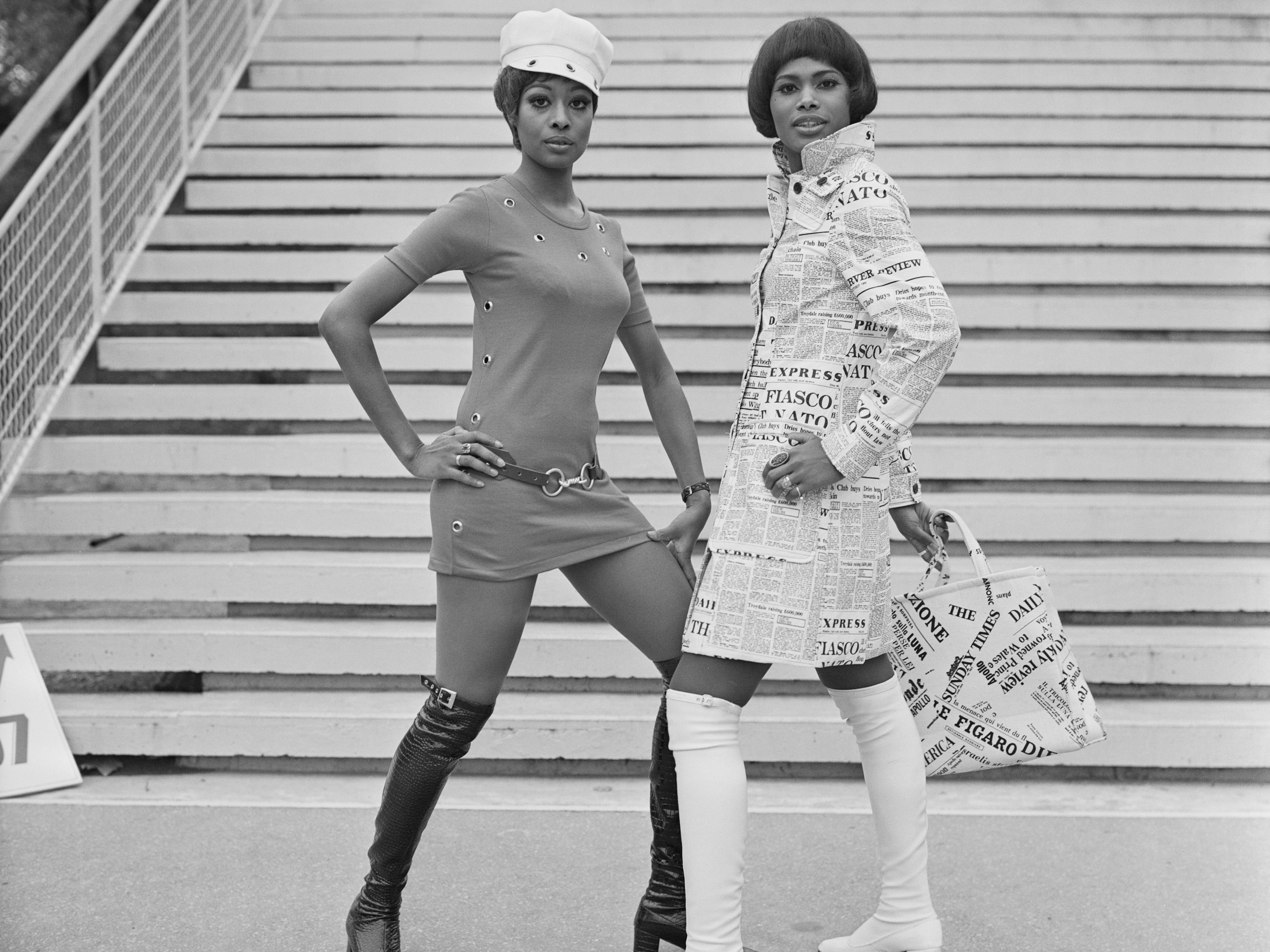- Fashion trends have changed dramatically over the years.
- In the ’60s and ’70s, people experimented with styles such as bell-bottom pants, unbuttoned shirts, and flowing jumpsuits – all of which were influenced by music and social movements in those decades.
- By the ’80s and ’90s, people favored celebrity-inspired ensembles, especially those worn by style icons like Naomi Campbell and the late Princess Diana.
- Throughout the 2000s, designers have borrowed heavily from clothing trends in past decades.
- In 2019, for example, ’90s trends like slip dresses, animal print, and tiny handbags are popular again.
The very nature of fashion trends is to come and go.
Jumpsuits, for example, have gone in and out of style since the ’70s, and overalls have recently made a comeback since becoming popular in the ’90s. Despite this constant flux, there’s always at least one trend that takes over the fashion world every year.
From halter-neck swimsuits that were popular in the 1950s to the comeback of printed suits throughout the 2000s, keep reading to see the fashion trends that were all the rage the year you were born.
1950s: Summer attire was extremely popular.
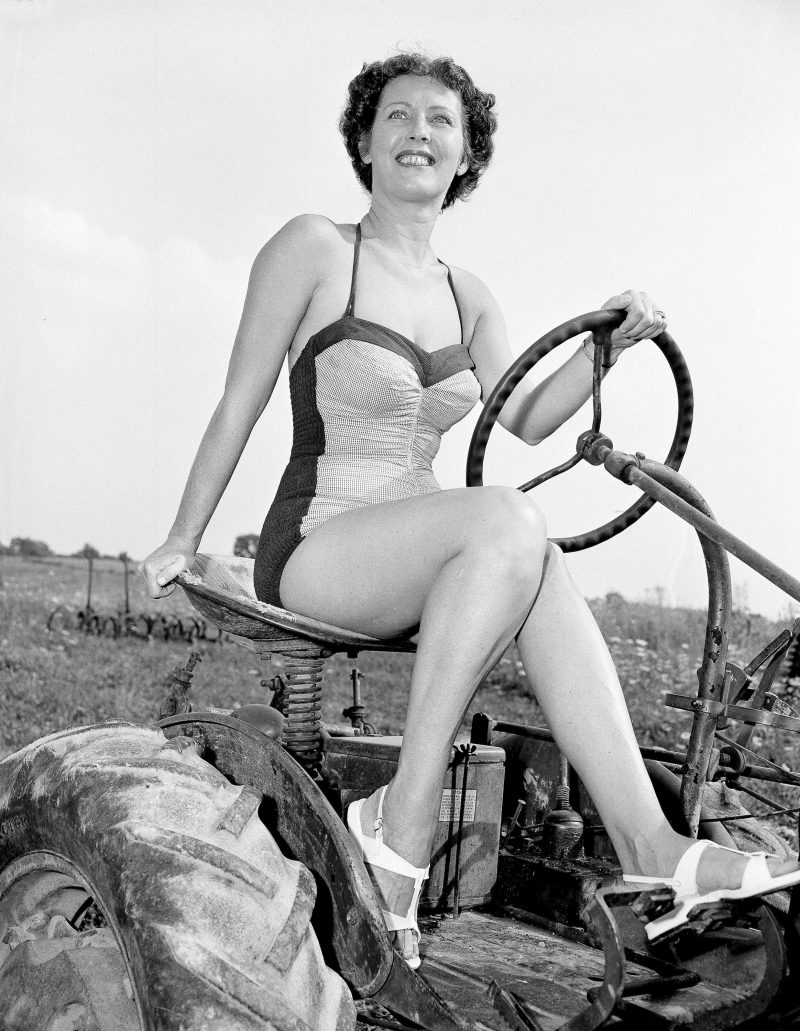
Women’s fashion in the 1950s was all about fitted waists, halter tops, and wearing summer attire all year long, according to Vintage Dancer, a style website and online store created by author Debbie Sessions, who researches the history of fashion.
People also favored rompers and high-waisted pants that were designed to complement swimwear.
1960-1961: Matching coats and dresses were all the rage.
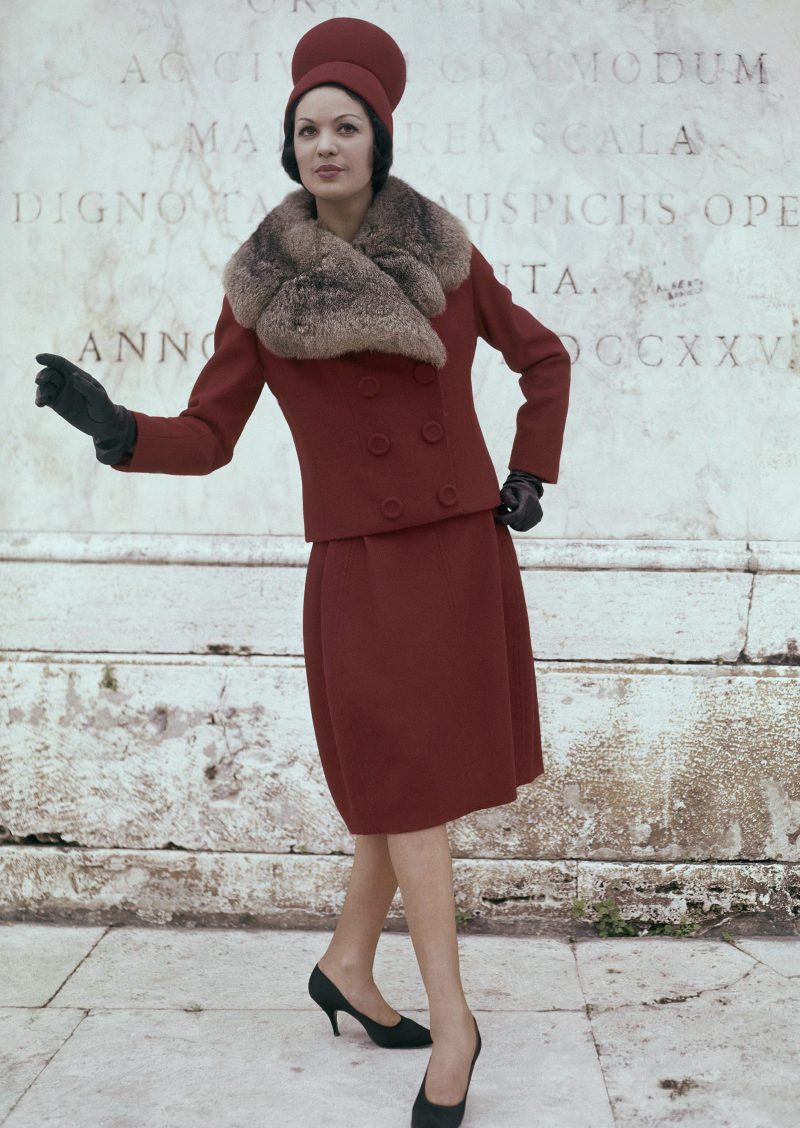
In the early '60s, many people still sported styles that were popular in the '50s. During this time, women often layered loose-fitting coats over matching dresses and completed their ensembles with coordinating hats, gloves, and short heels.
1962: During her time as First Lady, Jacqueline Kennedy Onassis helped popularize pillbox hats.
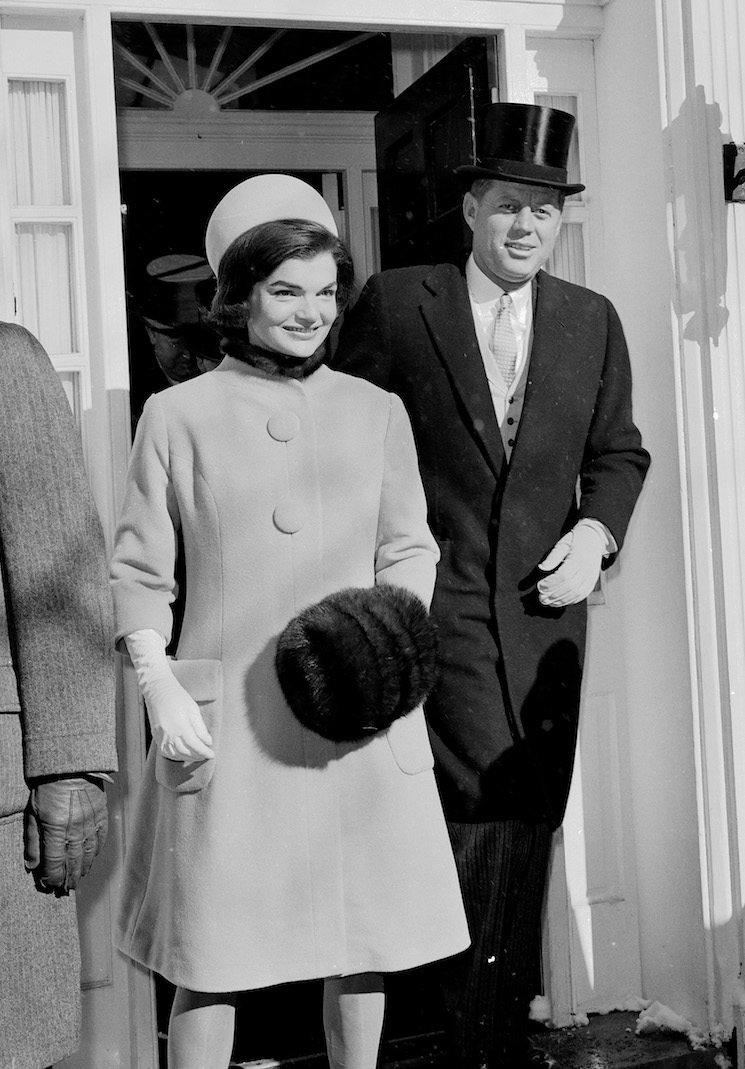
The former first lady also often wore tailored coats, elbow-length gloves, and strapless gowns - all of which became huge fashion trends in the '60s and '70s.
1963: Bow collars came into style.
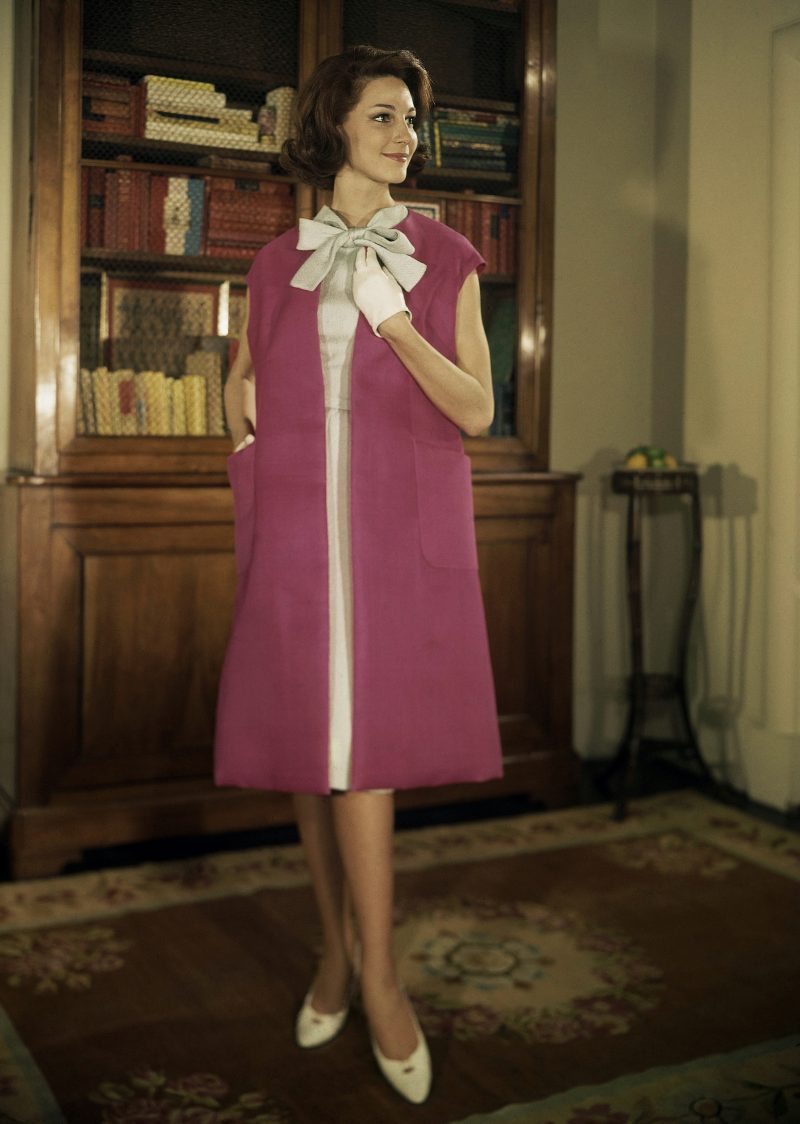
According to Paste magazine, bow collars were commonly worn by women entering male-dominated work fields in the early '60s. The look was said to blend masculine and feminine styles.
The style is still worn frequently today - sometimes even as a political fashion statement.
1964: In the mid-'60s, people wore fitted clothing in bold colors.
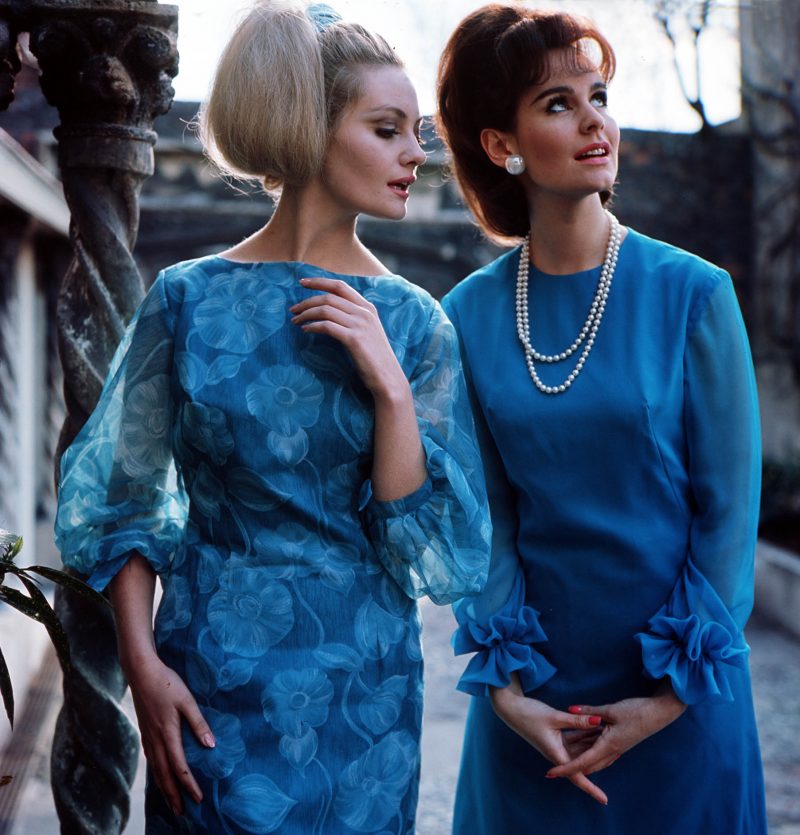
During this time, neutral colors were replaced by daring prints and fitted silhouettes gave way to more loose-fitting tailoring, according to the Victoria and Albert Museum.
Sheer fabric was also used more commonly throughout the 1960s, according to vintage pop-culture blog, RetroWaste.
1965: The mod trend spread from the UK to the rest of the world.
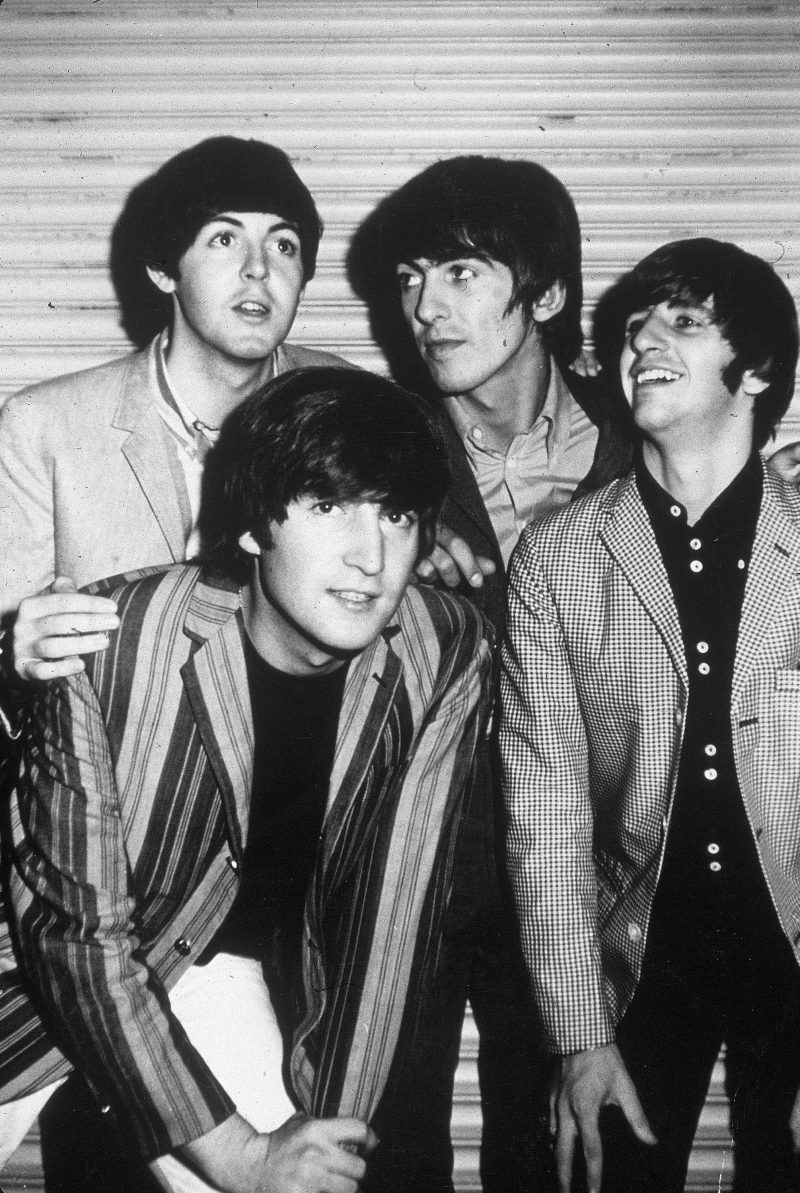
Mod, short for modernism, was a subculture known for its focus on music and style. The mod movement is said to have originated from a small group of London-based young men who listened to modern jazz, according to the BBC.
Men who participated in the movement often dresses sharply, donning tailored suits and sophisticated ensembles inspired by British R&B and rock bands.
1966: Women's fashion was also influenced by the mod movement.
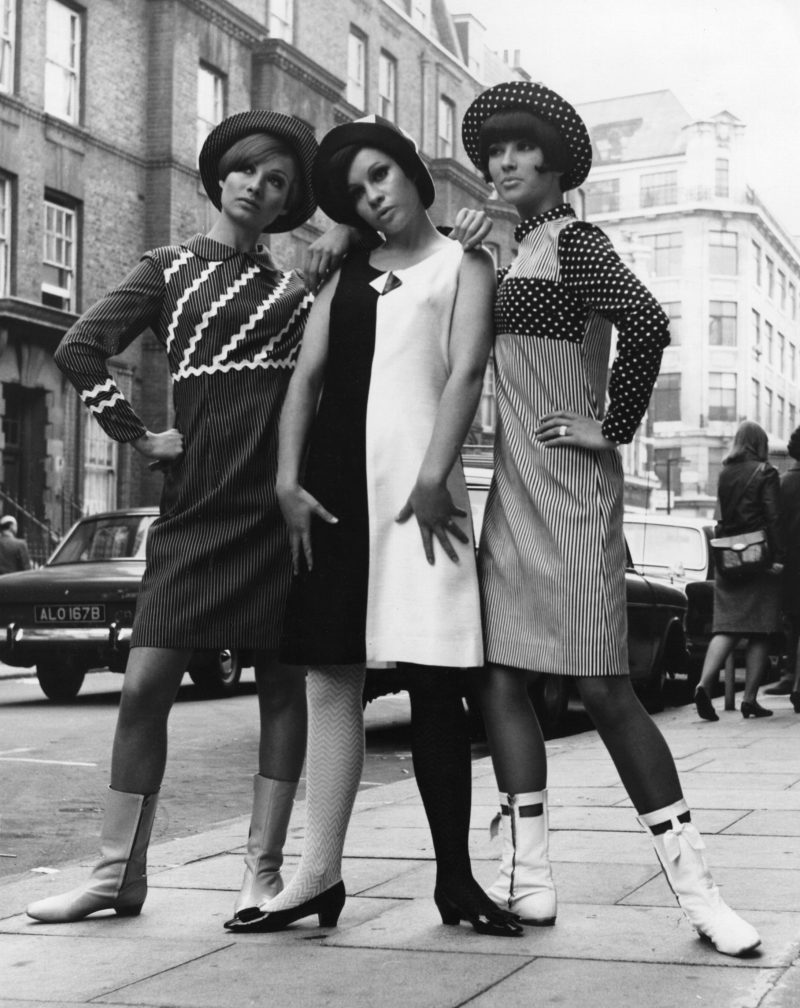
Rather than wearing sleek suits, women donned polka-dot ensembles, black-and-white paneled dresses, and boots inspired by the streamlined designs of André Courrèges, among others.
1967: Miniskirts were everywhere.
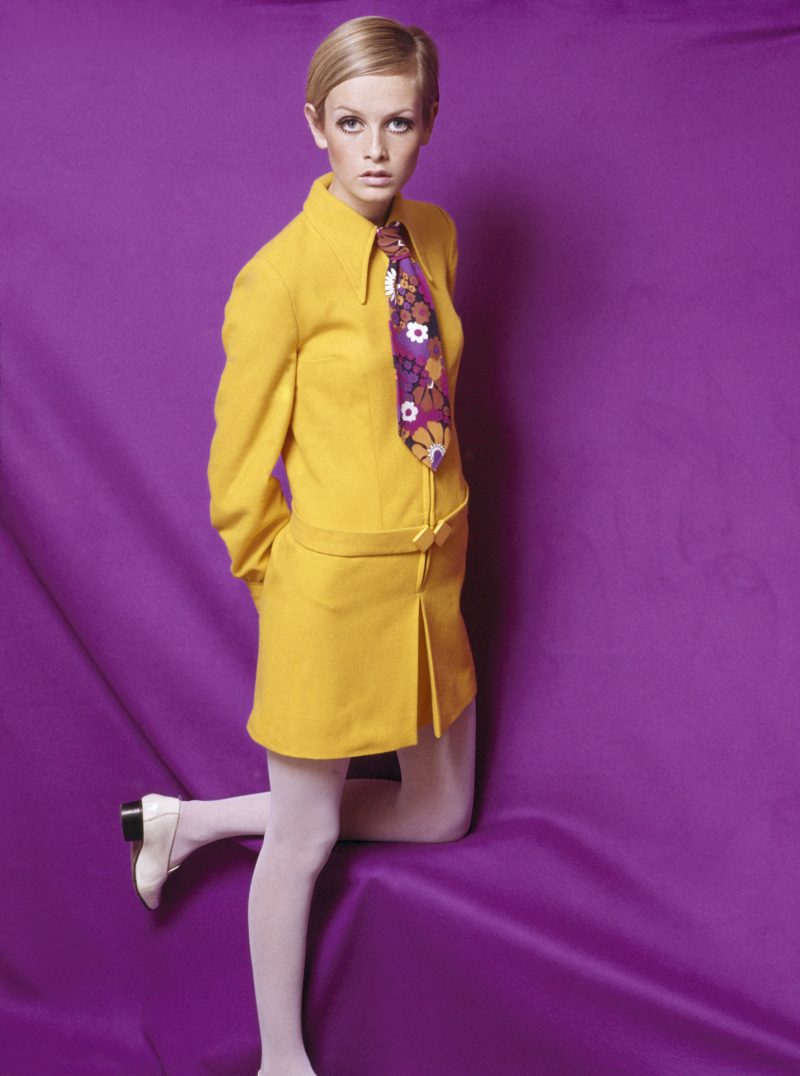
But the style was rarely worn over bare legs. Instead, women often styled short skirts with colorful tights, fishnets, and other hosiery.
1968: People loved wearing styles inspired by the film "Bonnie and Clyde."
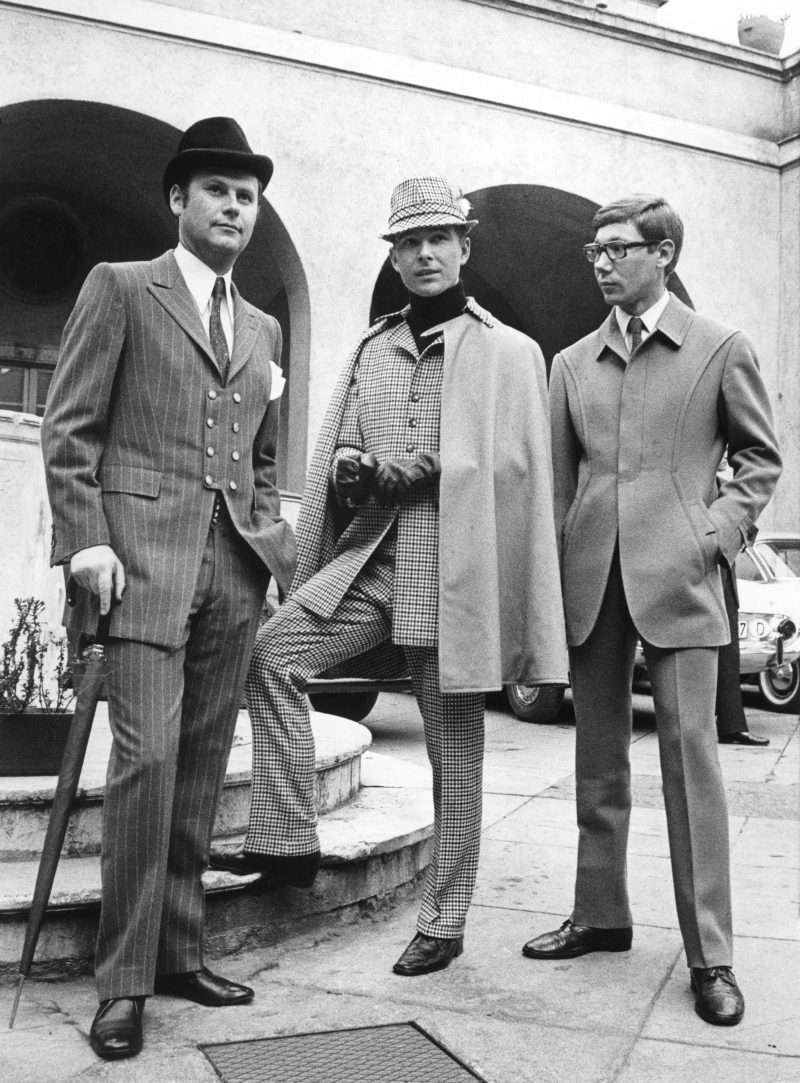
Though the film was released a year prior in 1967, fashion inspired by "Bonnie and Clyde" was still prominent throughout 1968. In particular, men often wore pinstripe suits paired with hats in solid colors.
1969: Women began swapping colorful tights for knee-high boots.
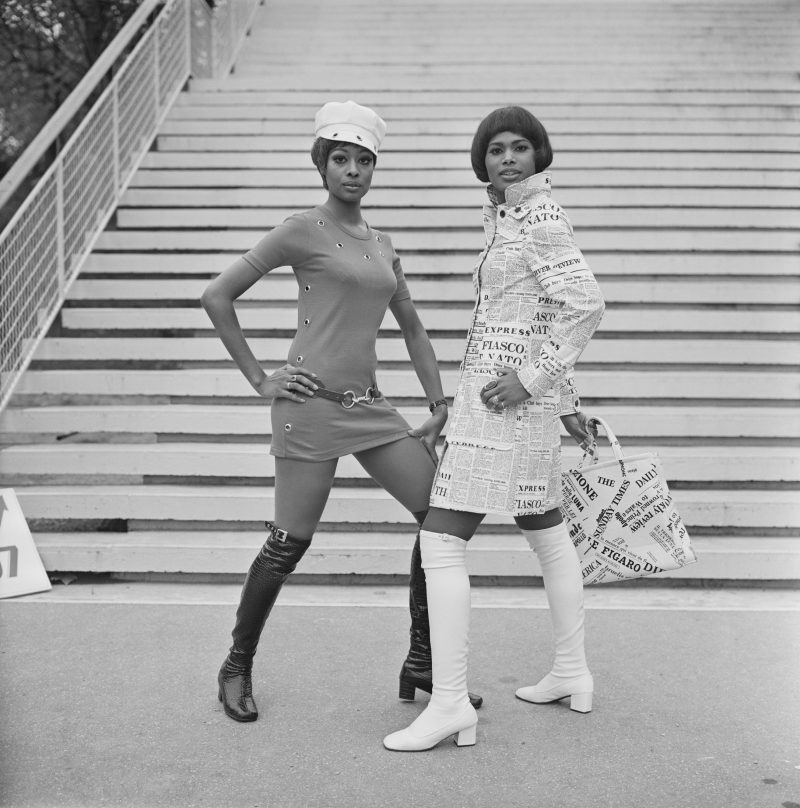
Many shoes from this period featured short and chunky heels, were made of leather, and reached just above the knee.
1970: Hippie-inspired pants and mod-style shirts were popular at the start of the '70s.
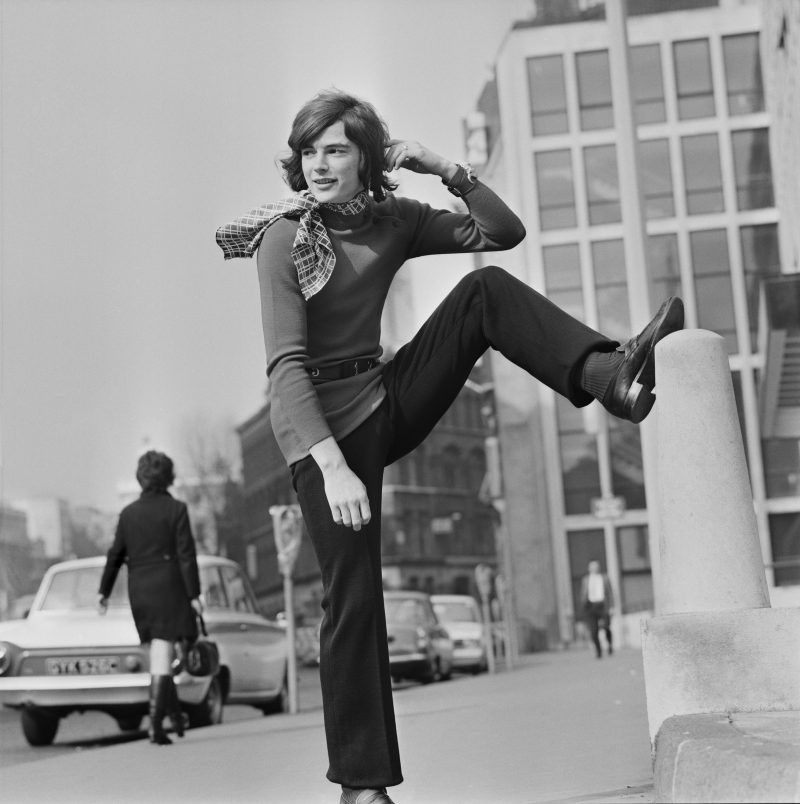
According to Vintage Dancer, fashion in this decade "couldn't decide what direction to take or what past decade to emulate." As a result, men wore a mix of everything, including turtlenecks, neck scarves, and wide-legged pants.
1971: The following year, halter necklines became trendy again.
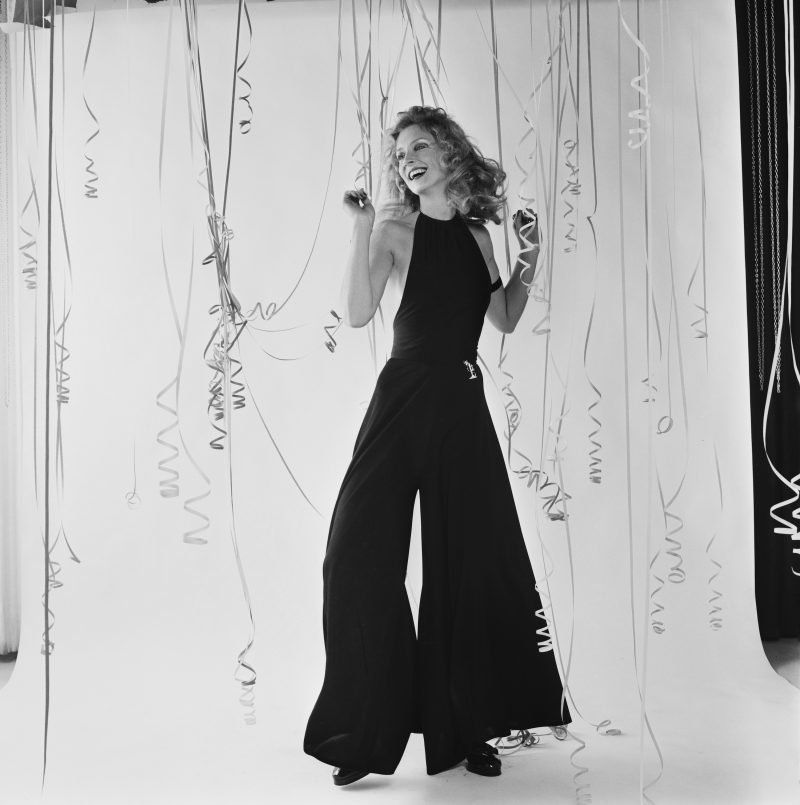
The neckline was seen as risqué at the time. However, it was still commonly found in a variety of ensembles, including jumpsuits, dresses, and swimsuits according to Fashion Era, a blog about the history of women's costume and fashion run by Pauline Weston Thomas.
1972: Rather than following a single trend, people aimed to dress in a way that expressed their individuality.
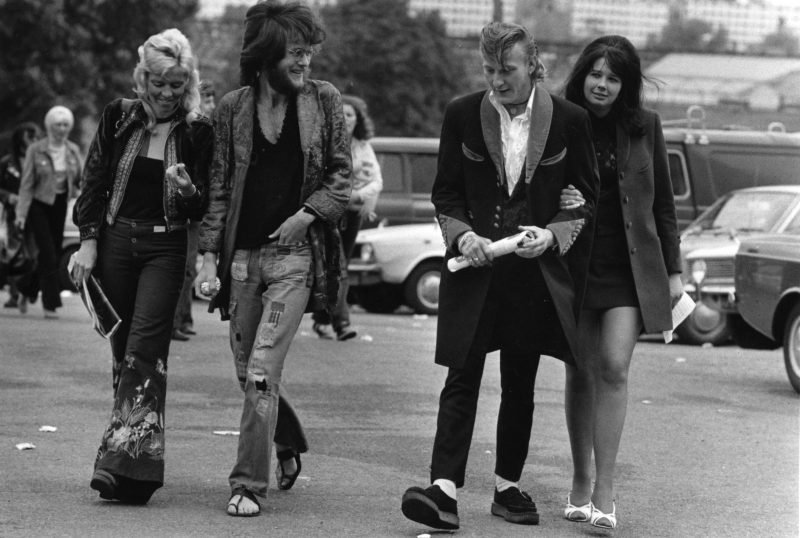
Throughout 1972, people blurred the lines between men's and women's fashion. They also merged styles from previous decades.
1973: Disco styles started to emerge from the fashion industry.
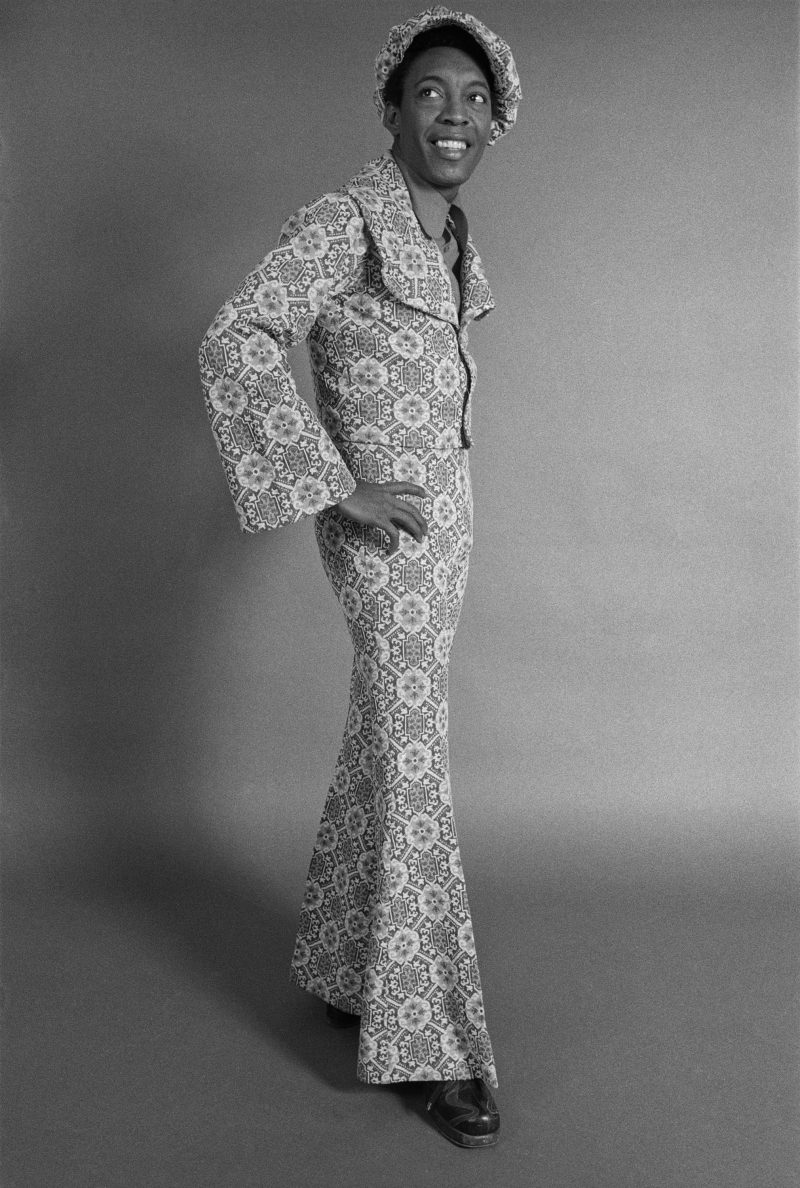
This year, men often wore bell-bottom pants and platform shoes.
1974: Both men and women donned suits.

Women's suits featured a wide range of styles in 1974. Suit-style dresses became fashionable, as did suit jackets paired with skirts.
According to a New York Times report from 1974, the most popular style for men at the time was "leisure suits." The style was meant to look casual and be worn "anywhere but in the office or on formal occasions."
1975: Everyone wanted to wear a jumpsuit.
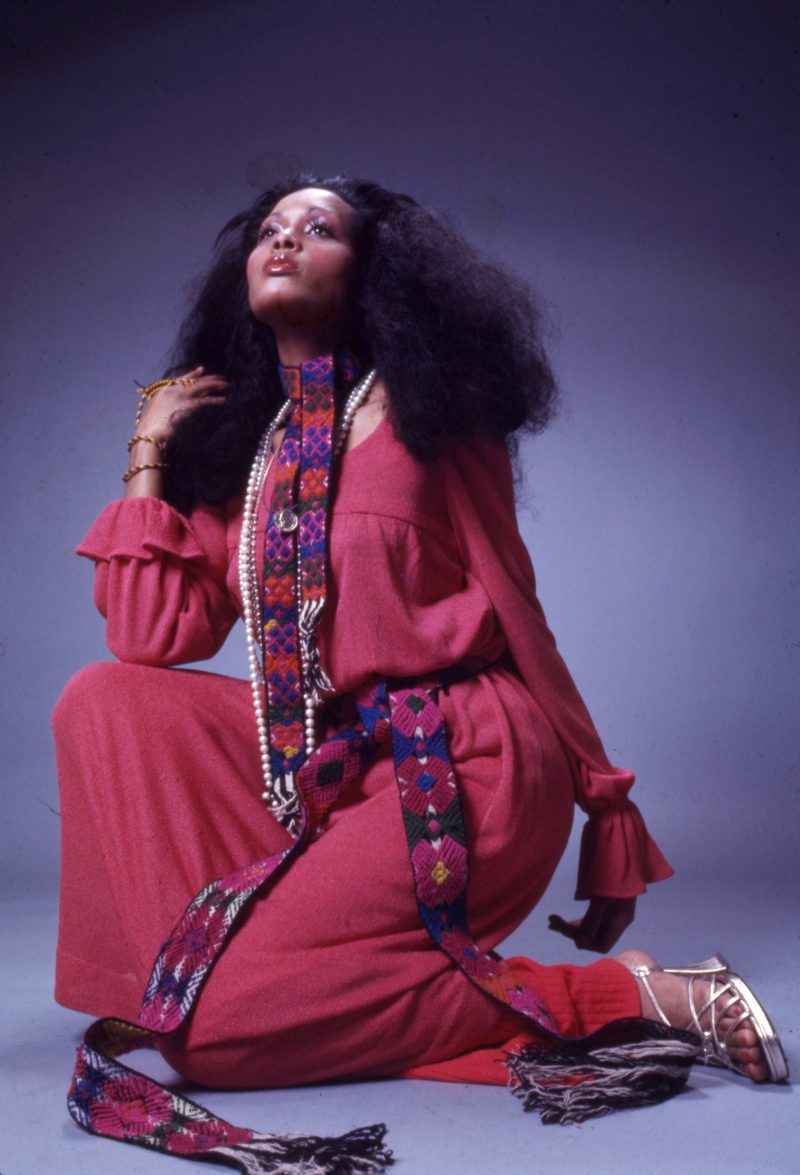
Since disco-inspired styles were still popular in 1975, many jumpsuits featured wide-legged pant legs and voluminous sleeves.
1976: Dresses that buttoned in the front became trendy.
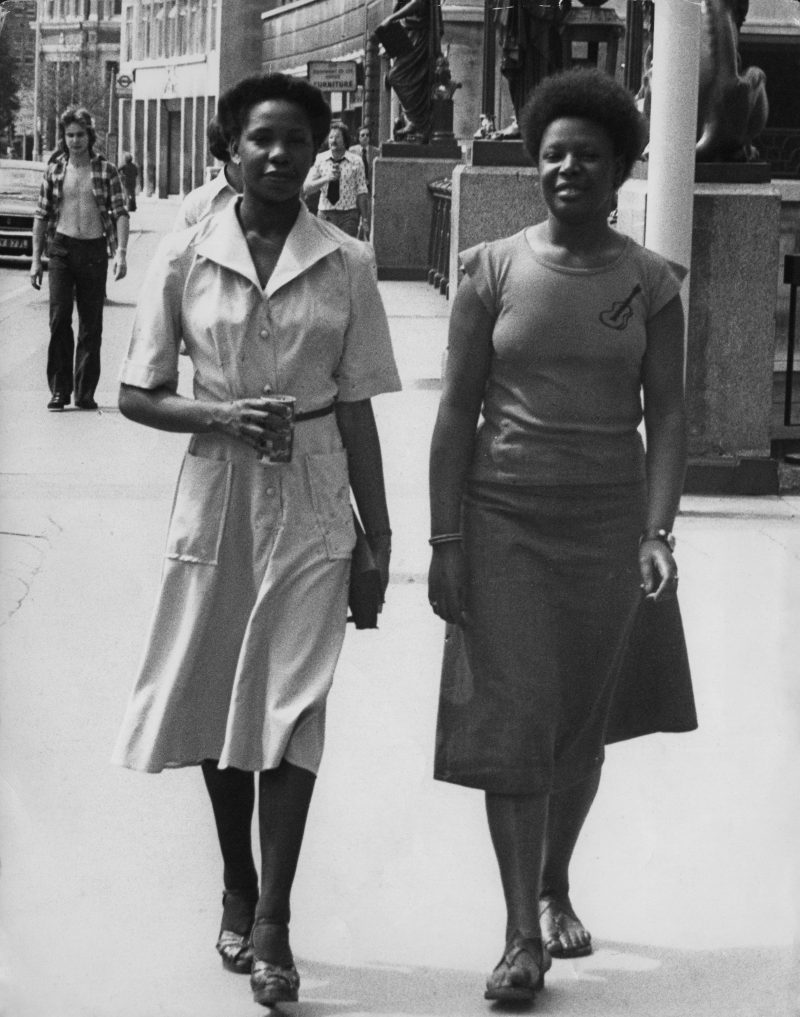
The style was a nod to the '20s, when buttons were sewn onto dresses to create a nautical aesthetic, according to Vintage Dancer.
1977: Styles that left the skin exposed were popular.
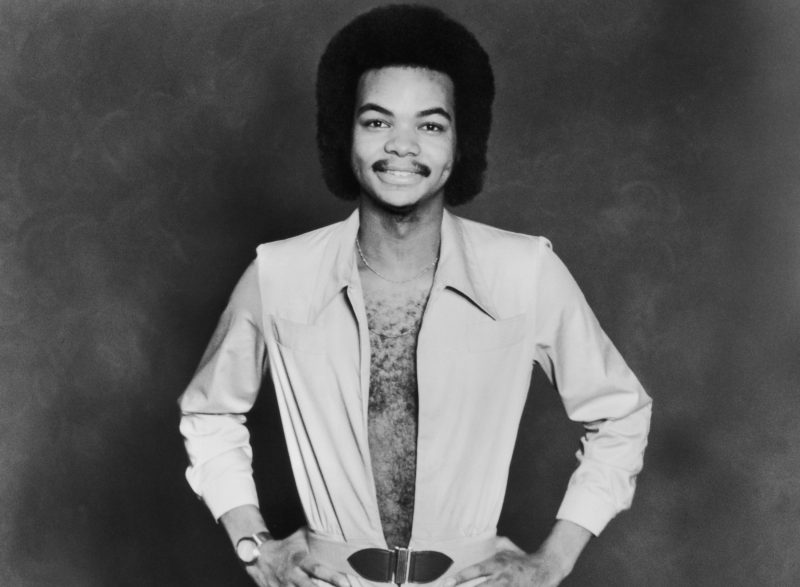
In 1977, it was common practice for men to fasten only the bottom-most button of their suits and shirts.
Similarly, women gravitated toward bikinis with plunging necklines at the time.
1978: Clothes were designed for dancing.
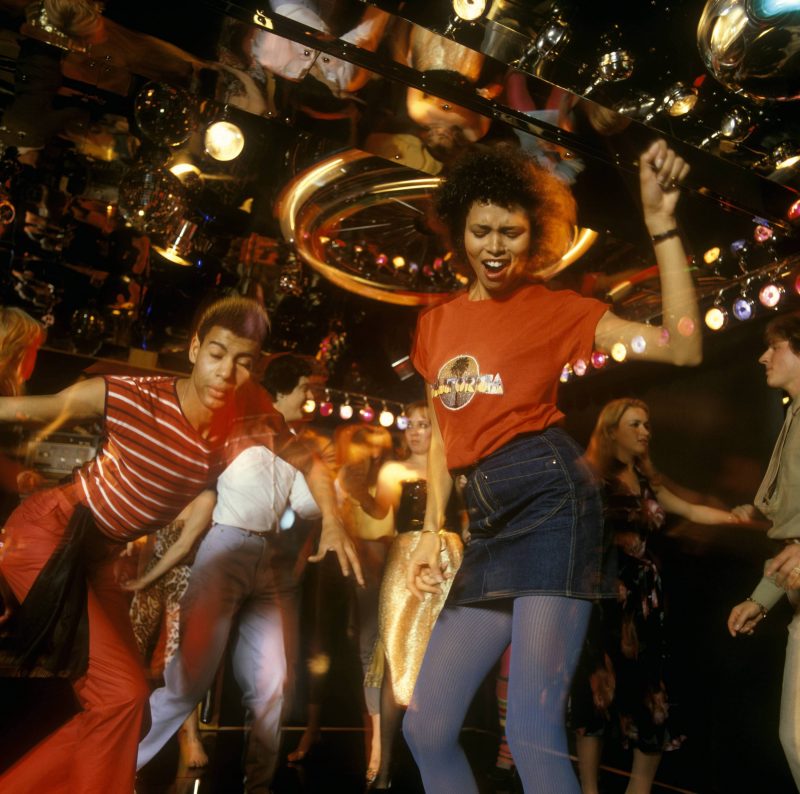
Disco music continued to rise in popularity at the end of the '70s, and the release of movies like "Saturday Night Fever" allowed the music-inspired fashion trend to stay strong.
1979: People in the punk subculture wore ripped jeans and leather.
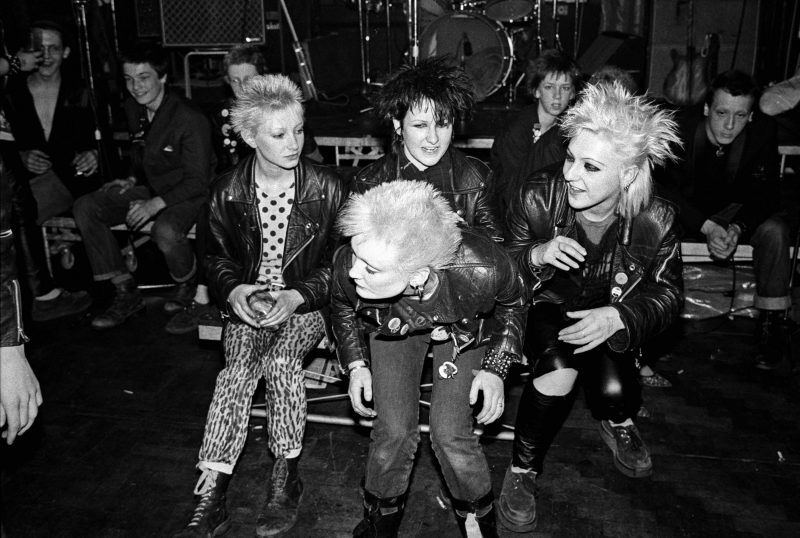
Punk fashion originated in the UK around 1975 and continued to influence clothing trends toward the end of the decade and into the '80s.
1980: Bold, bright colors were fashionable at the start of the '80s.
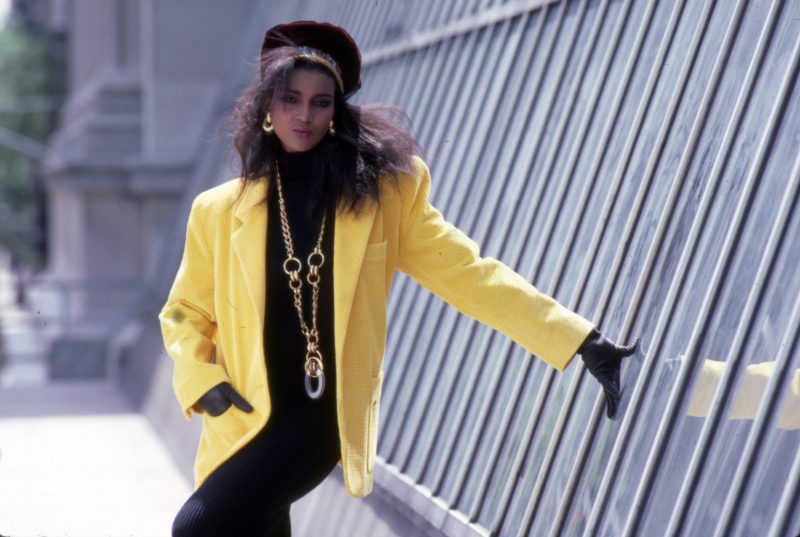
Women also wore a mix of fitted and loose styles throughout 1980, and paired their ensembles with chunky jewelry.
1981: Everyone wore clothes with voluminous shoulders.
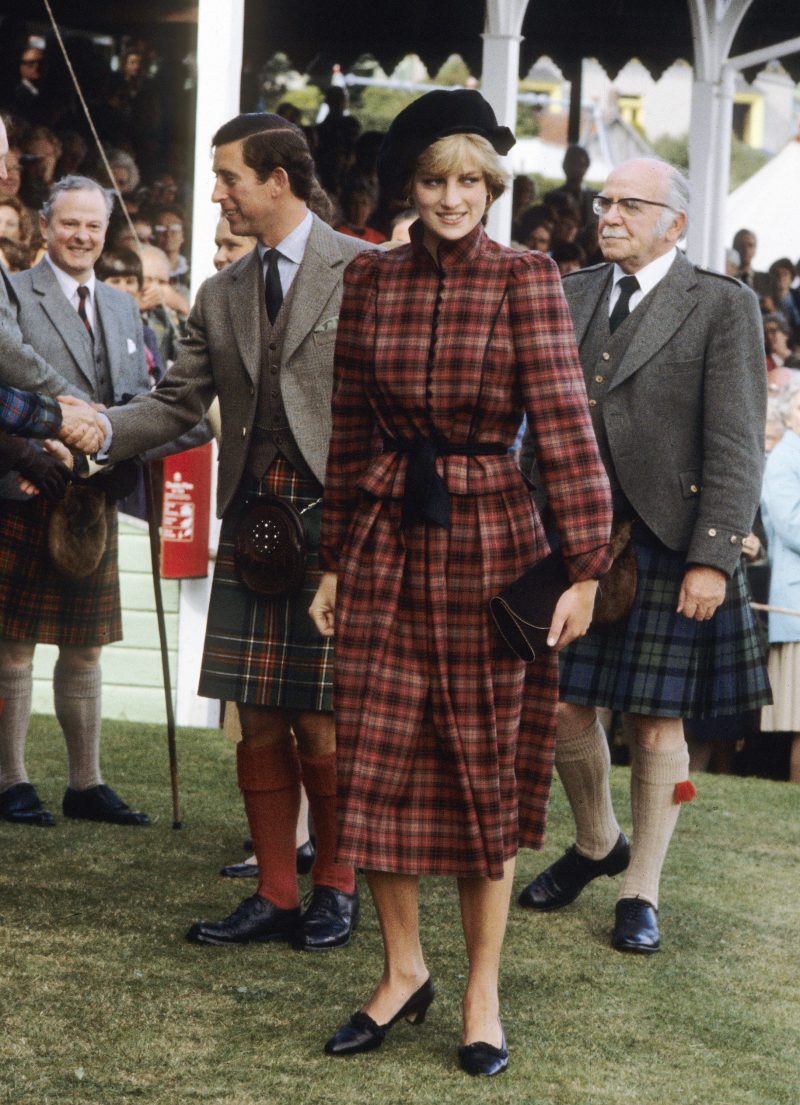
Everything from dresses to blouses featured puffy shoulders in the early 1980s.
1982: The go-to color combination was black and white.
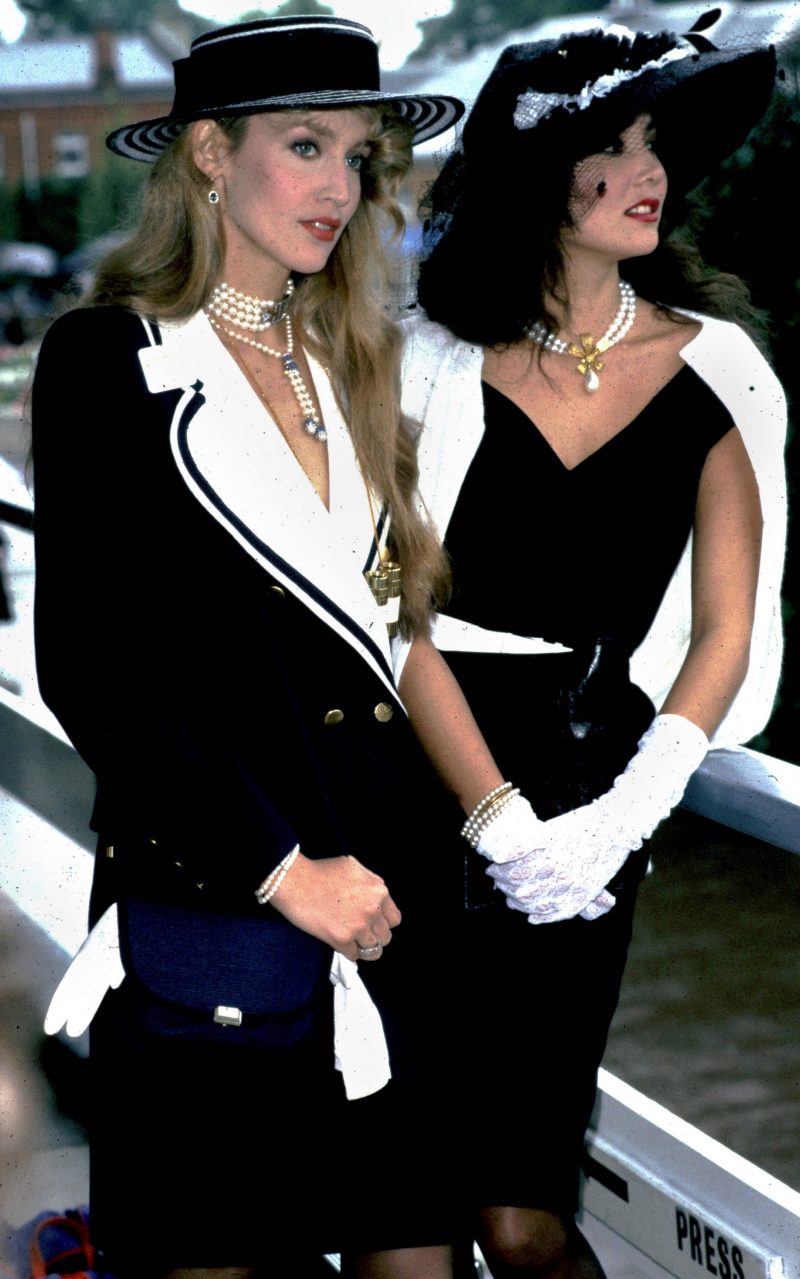
A Macy's catalog from 1982 shows that the two colors were typically worn together in formal ensembles and paired with lace accessories.
1983: Many men donned athletic wear.
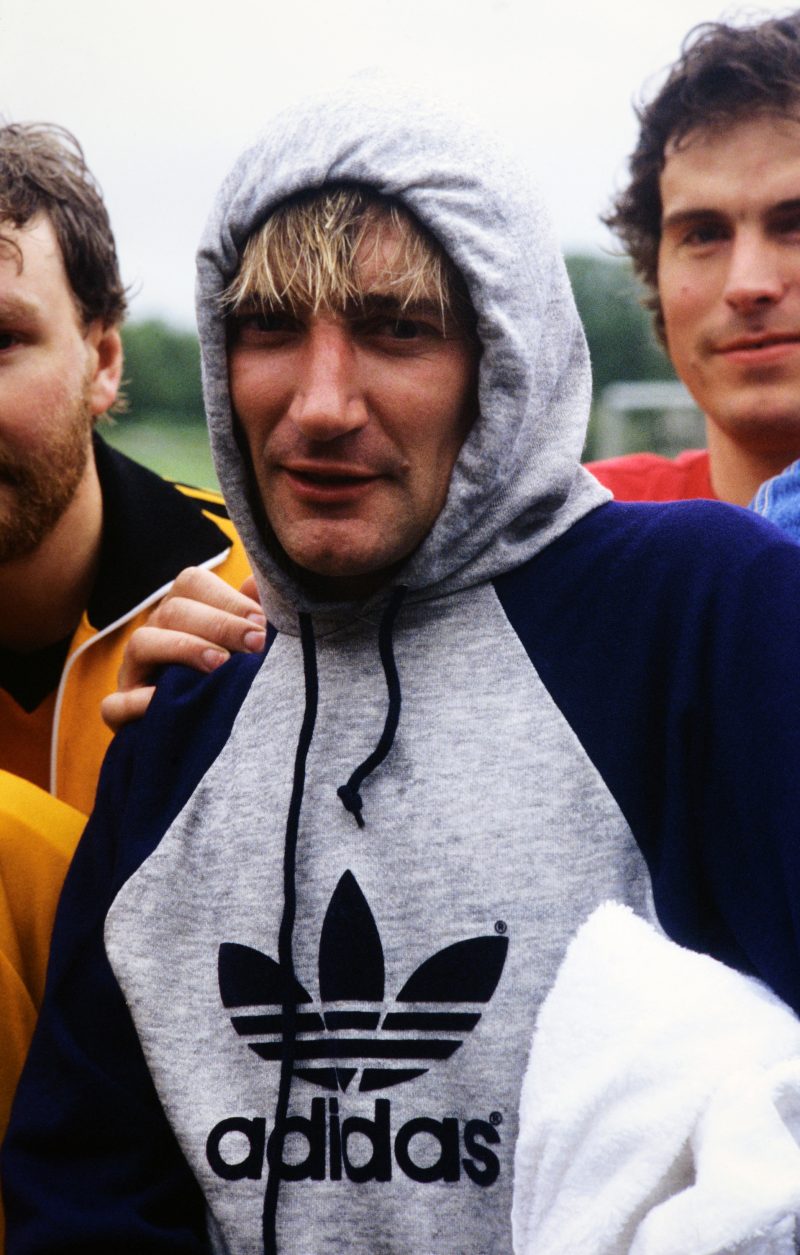
Clothes that represented sports teams were also popular, especially those featuring logos from the National Football League. The trend eventually spread over into women's fashion as well.
1984: Pinstripe pants were worn by men and women.
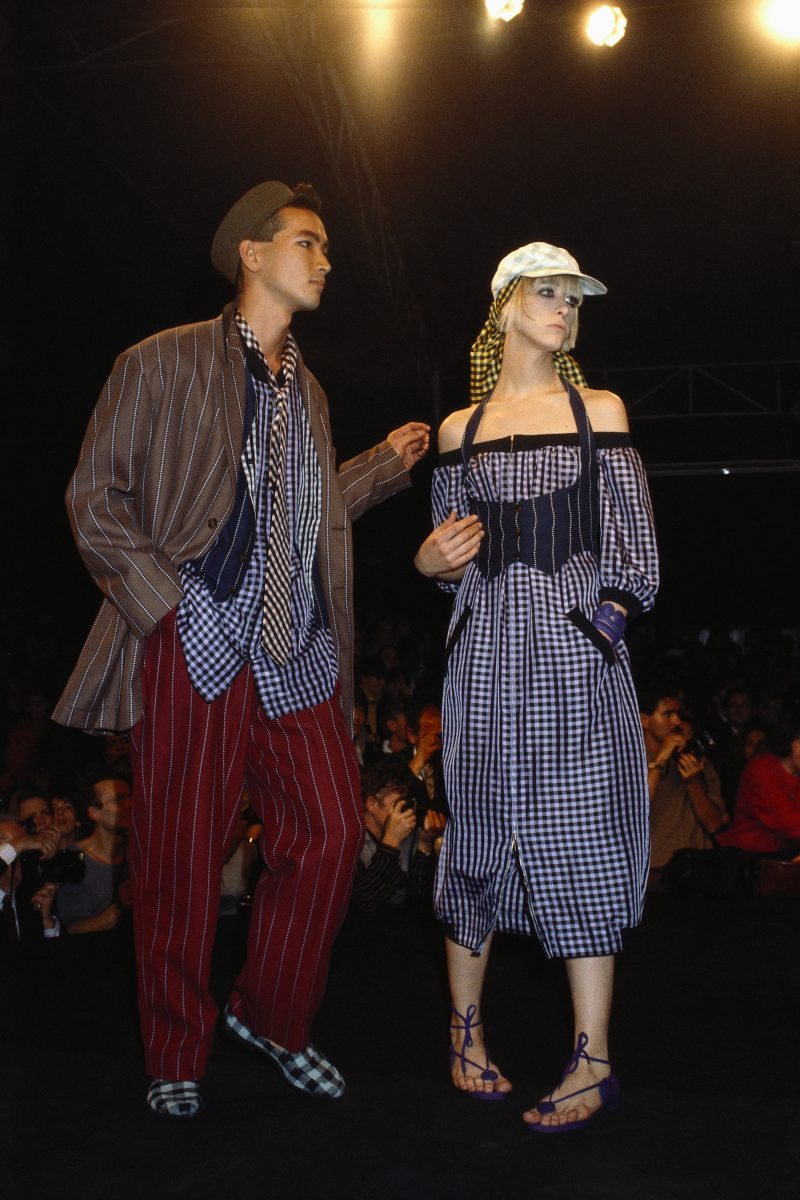
According to Bustle, most pinstripe pants worn during this time were loose-fitting.
1985: Both long and short skirts were considered trendy.
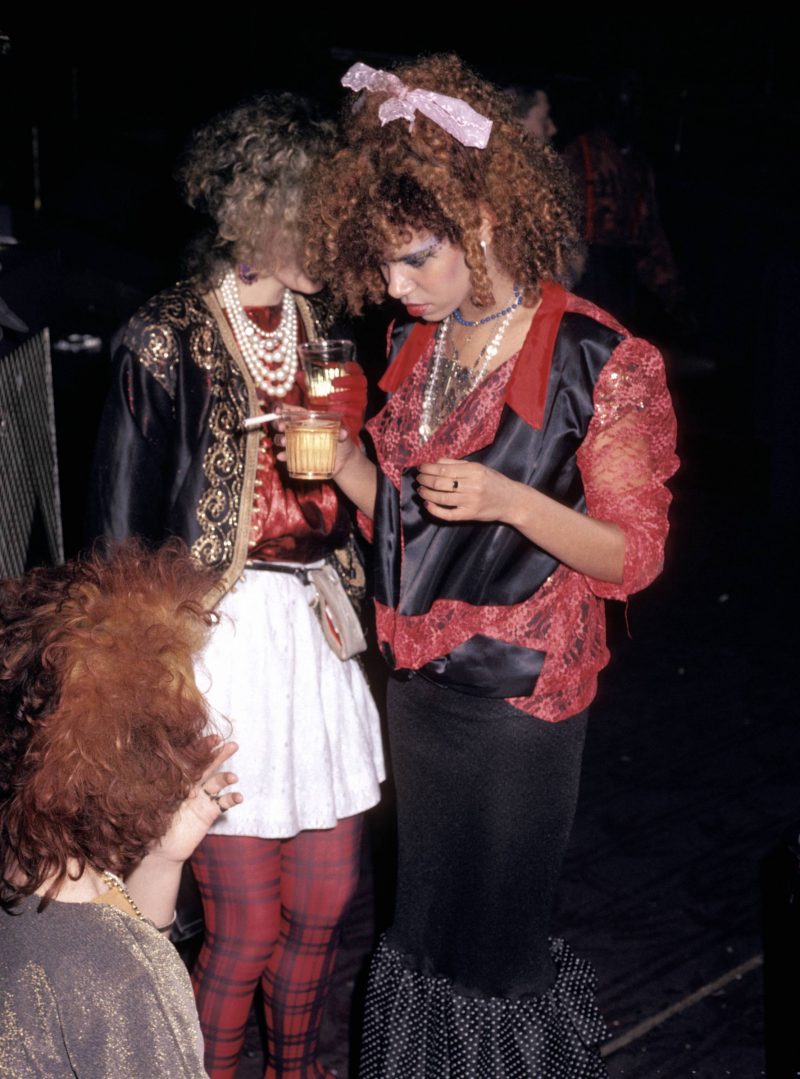
Some women opted for miniskirts paired with tights, while others chose long skirts that flared out at the bottom, according to a 1985 report from the New York Times.
1986: Men loved rock and roll-inspired fashion.
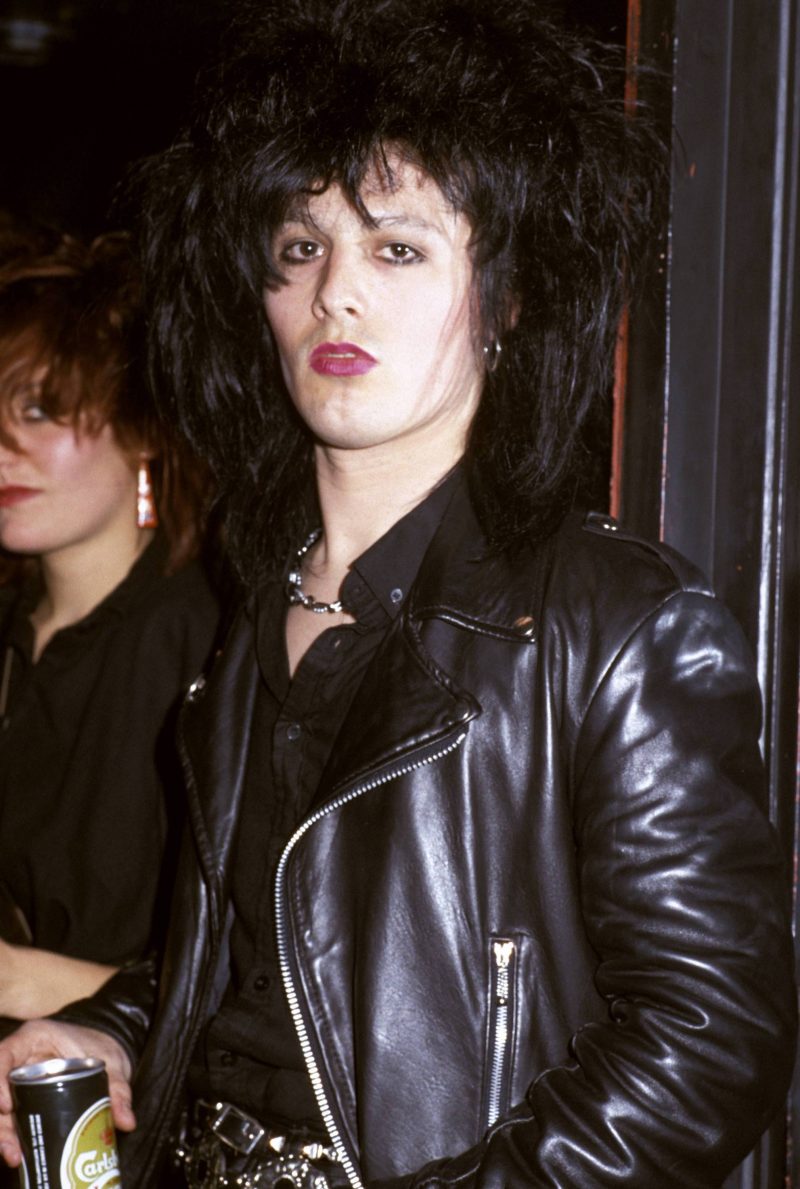
In the mid to late '80s, men's fashion was influenced greatly by the decade's many glam-rock bands, spawning accessories like leather jackets and studded belts.
1987: Suspenders came into style.
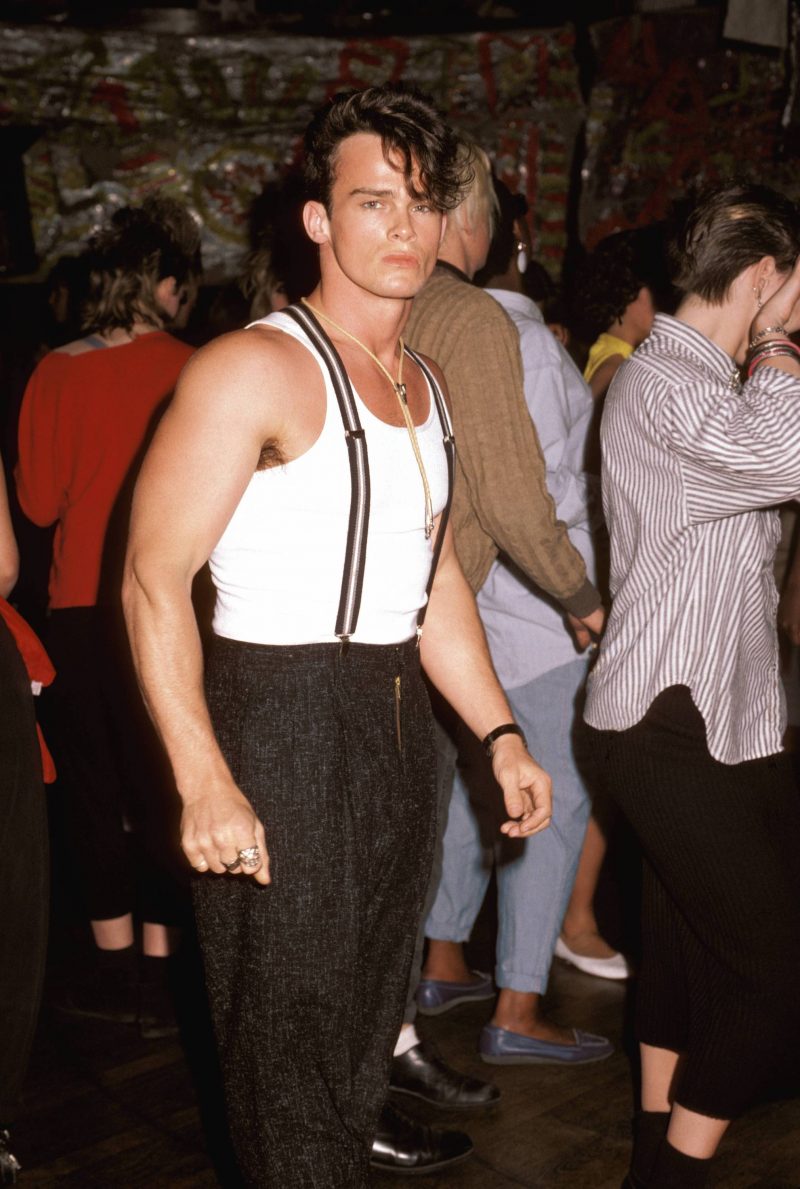
Over the years, suits have never gone fully out of fashion. Instead, people put new spins on the classic style, like adding suspenders in the late '80s.
1986: Women mixed athletic wear into their everyday attire.
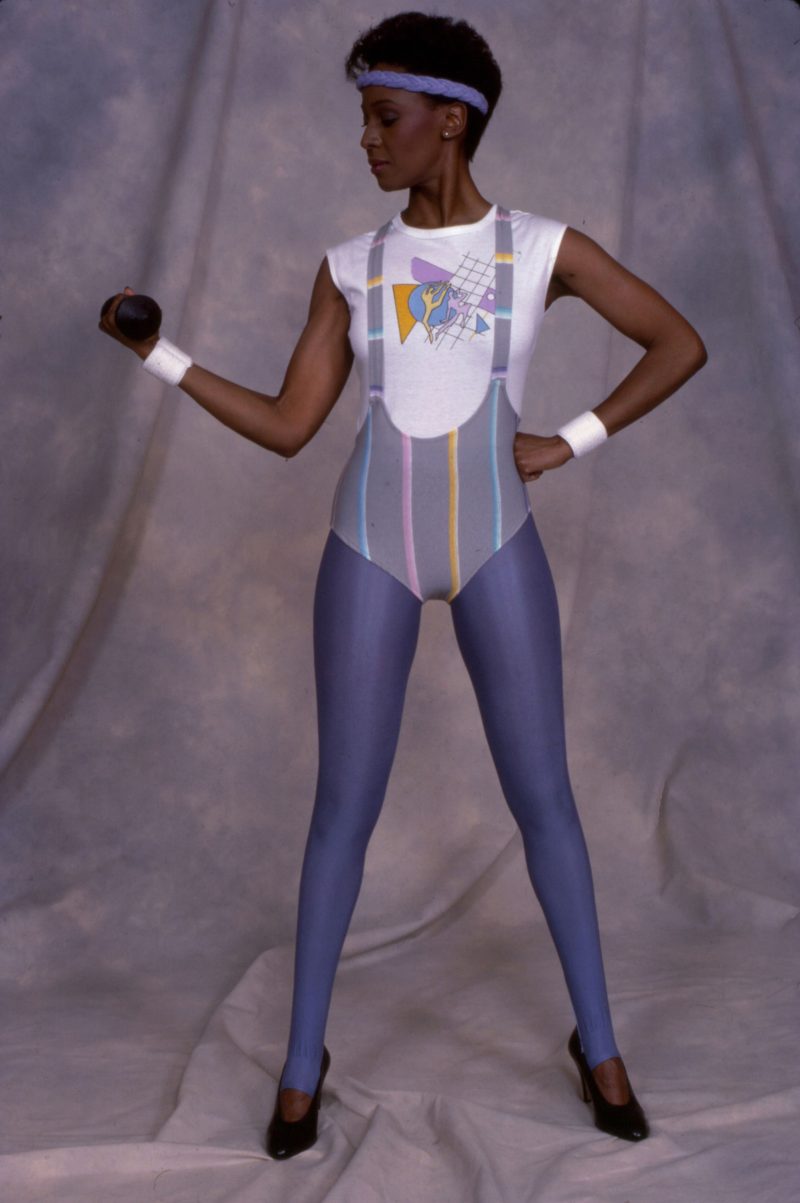
A digital copy of Elle magazine from 1988 is full of advertisements for sports attire and athletic-inspired ensembles.
1989: Heading into the '90s, people made a case for wearing faux fur.
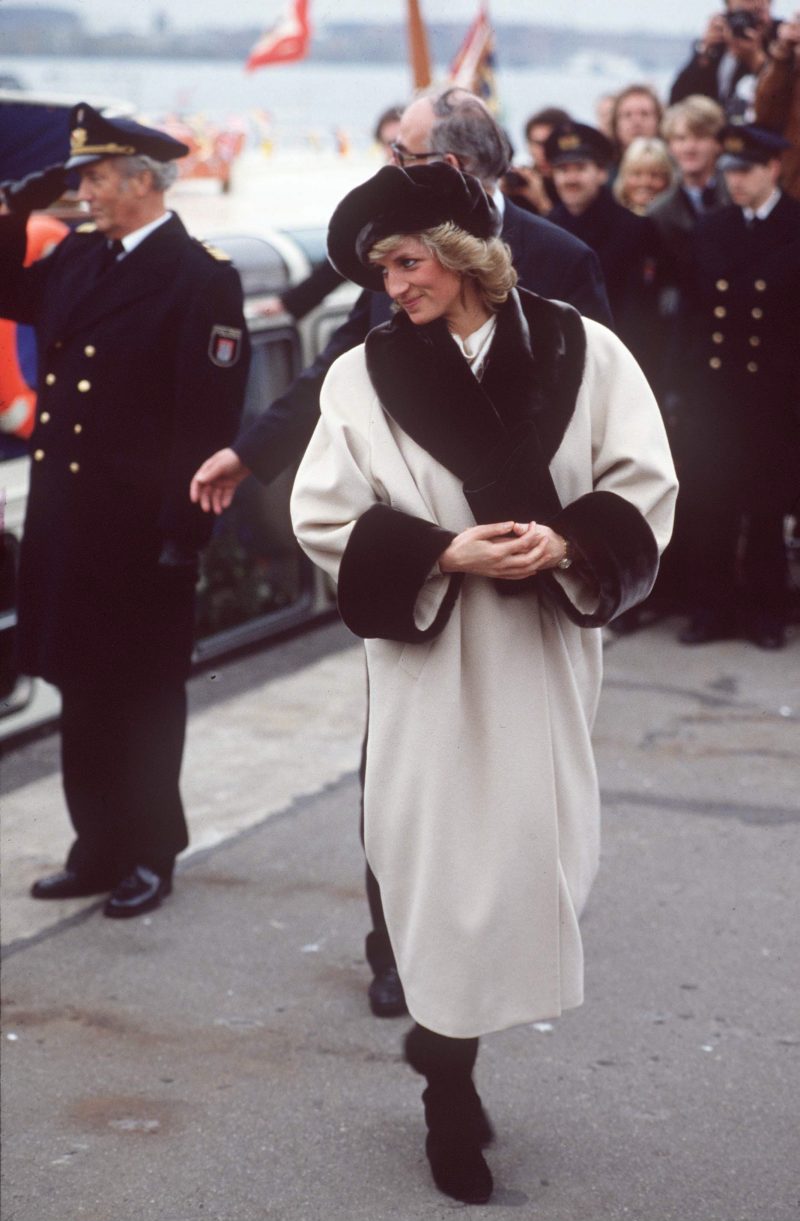
In 1989, many people protested the fashion industry's use of real fur, which resulted in a number of faux-fur designs becoming trendy, according to Elle.
1990: At the start of the '90s, jackets became a staple part of many outfits.
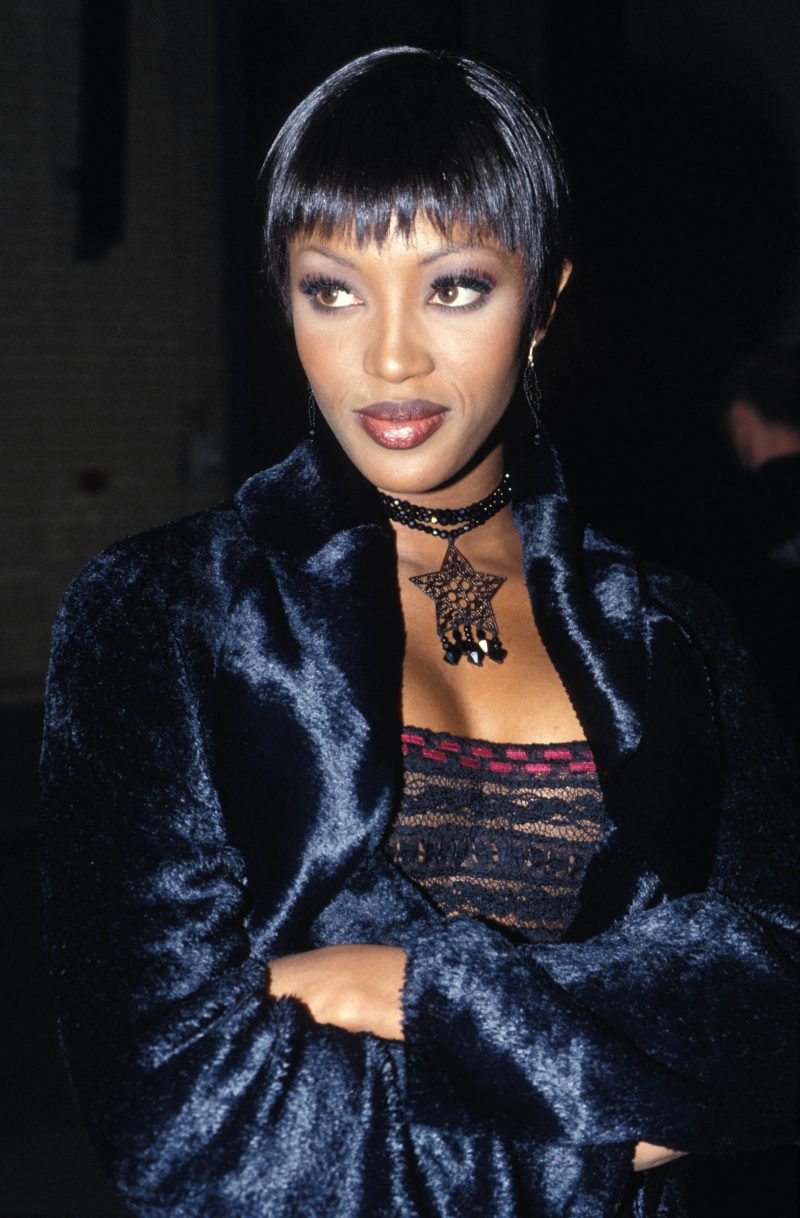
According to Retro Waste, during this time, "recession-weary shoppers chose to spend money on clothes that would stay in style as long as possible."
As a result, many women opted for fashion basics in subdued colors, such as simple black jackets.
1991: Coats became more casual as time went on.
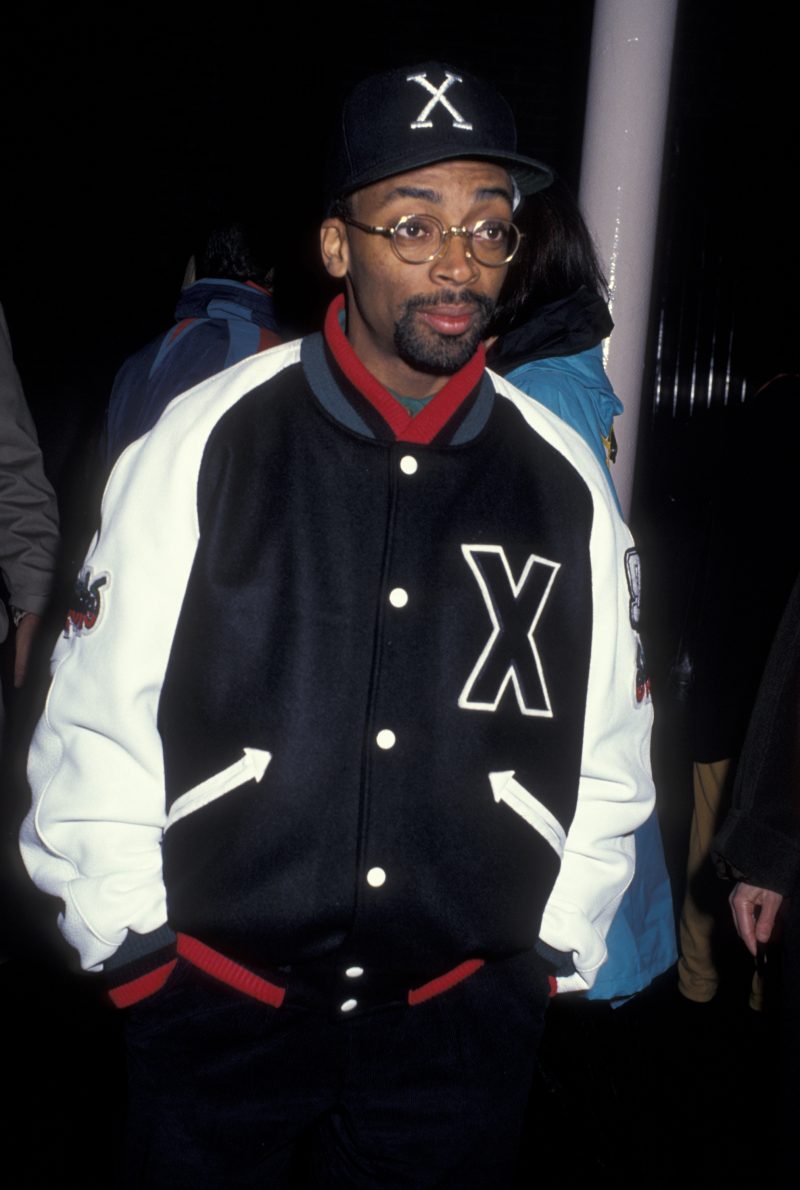
Bomber jackets and athletic coats became popular in 1991. The trend was often associated with the growing popularity of hip-hop music.
1992: Platform shoes came back into style.
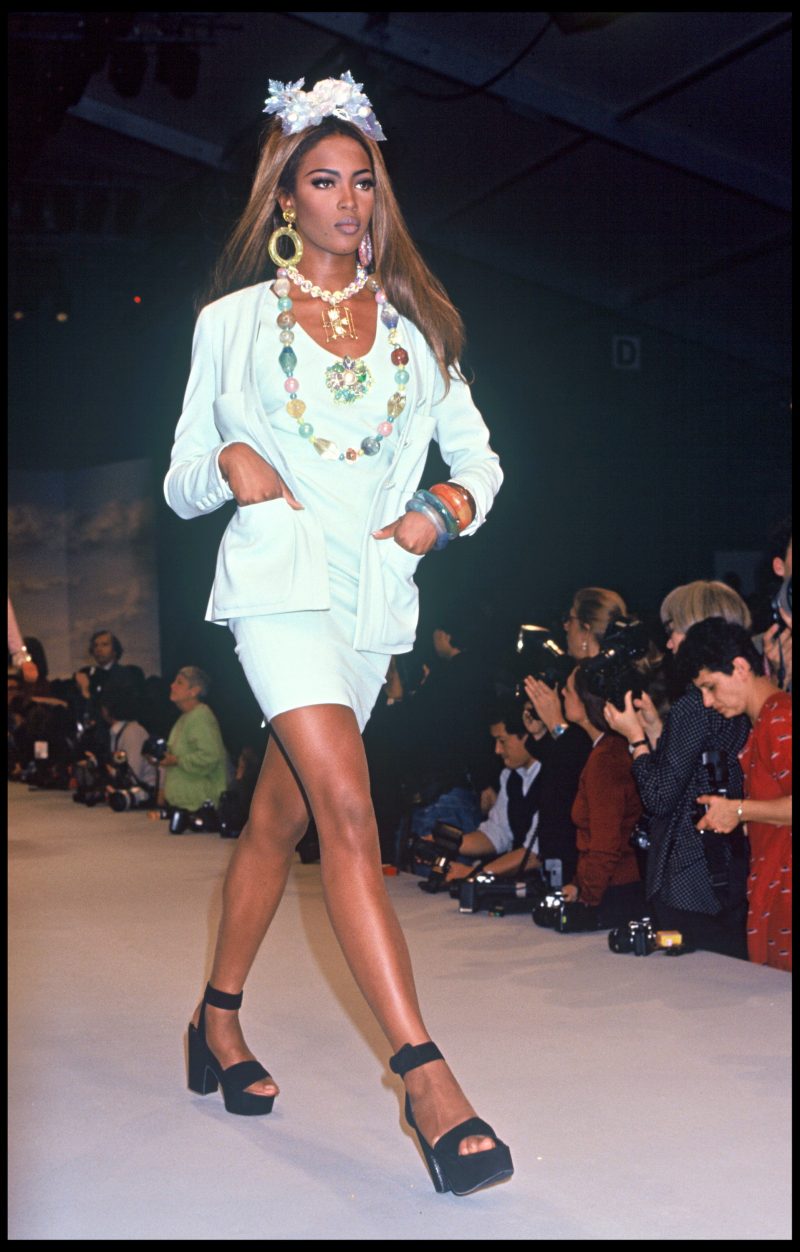
This year, vintage styles from the '60s like platform shoes and long skirts became fashionable again.
1993: Overalls were everywhere.
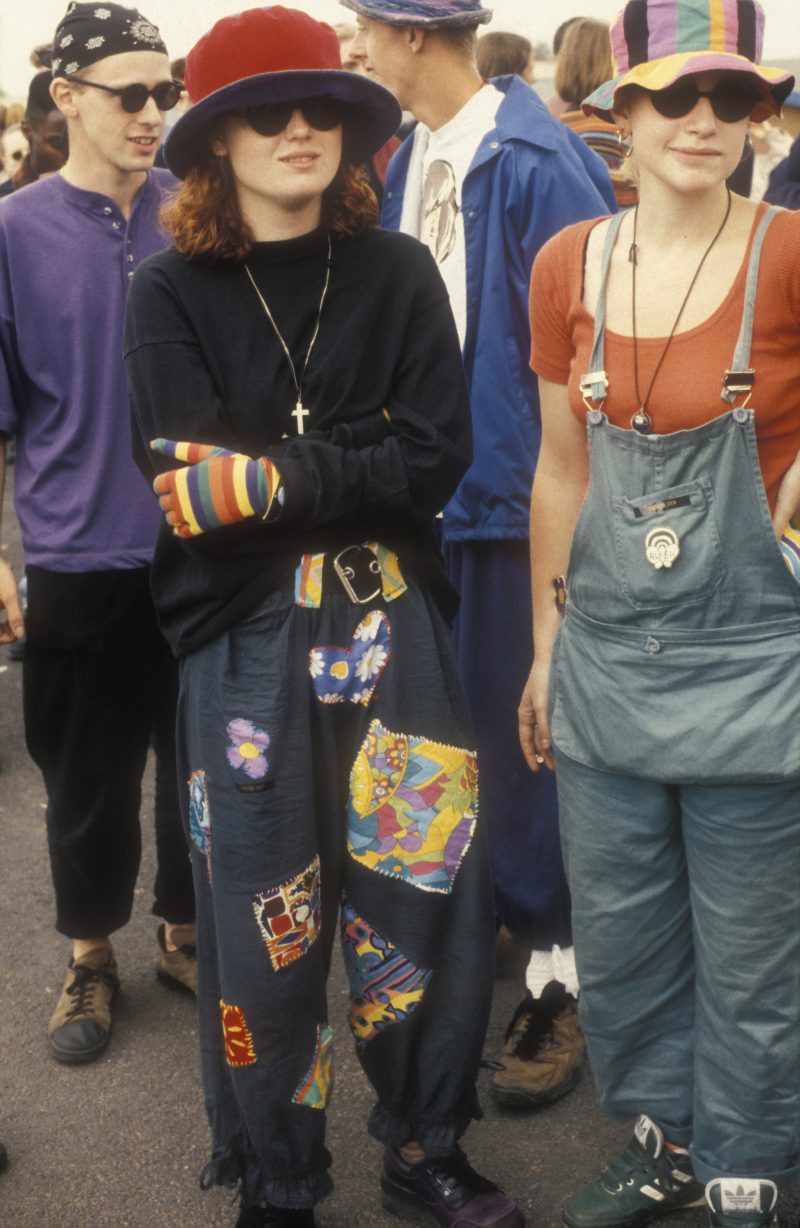
Overalls were popular among both men and women, and varied in style depending on the season, according to Mental Floss.
In the winter months, people wore overalls with long pant legs, but "shortalls" took over in the spring.
1994: Plaid was extremely popular in the middle of the '90s.
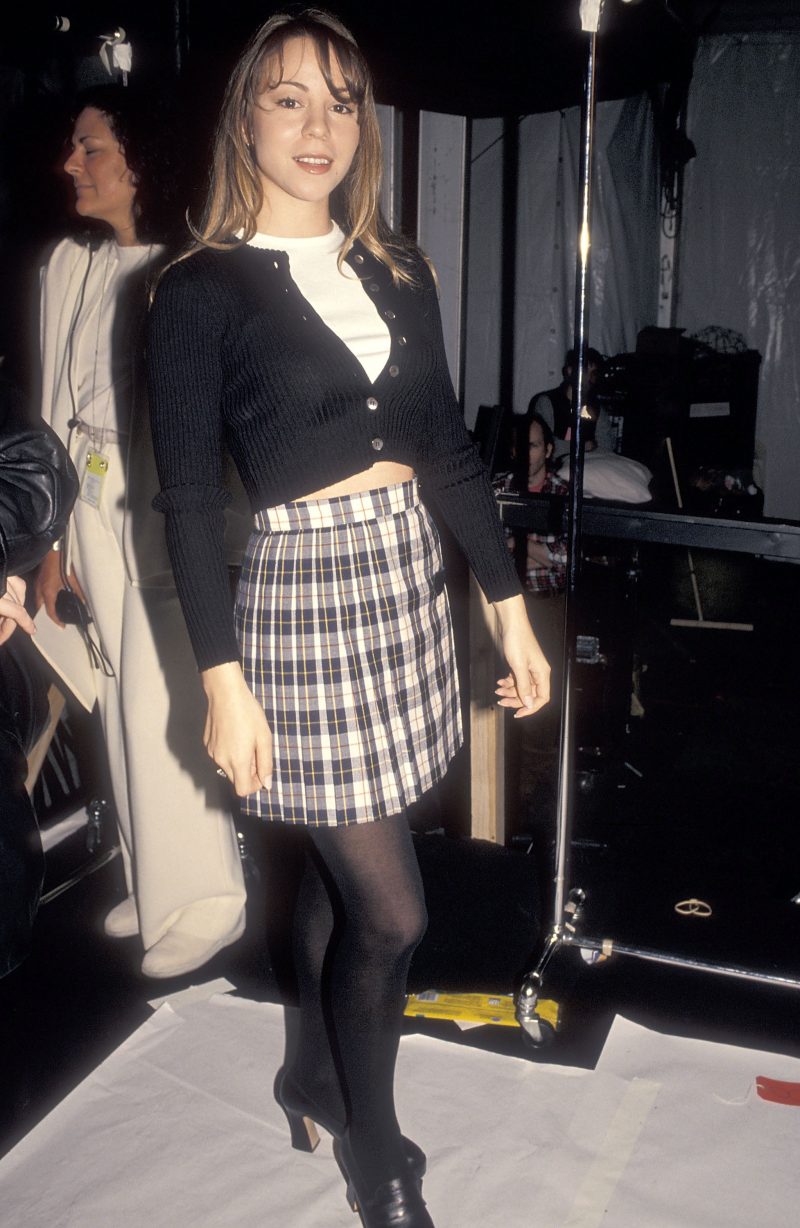
The print peaked in popularity in the mid-'90s thanks to grunge musicians who wore the trend, such as Nirvana.
1995: Colorful designs were all the rage.
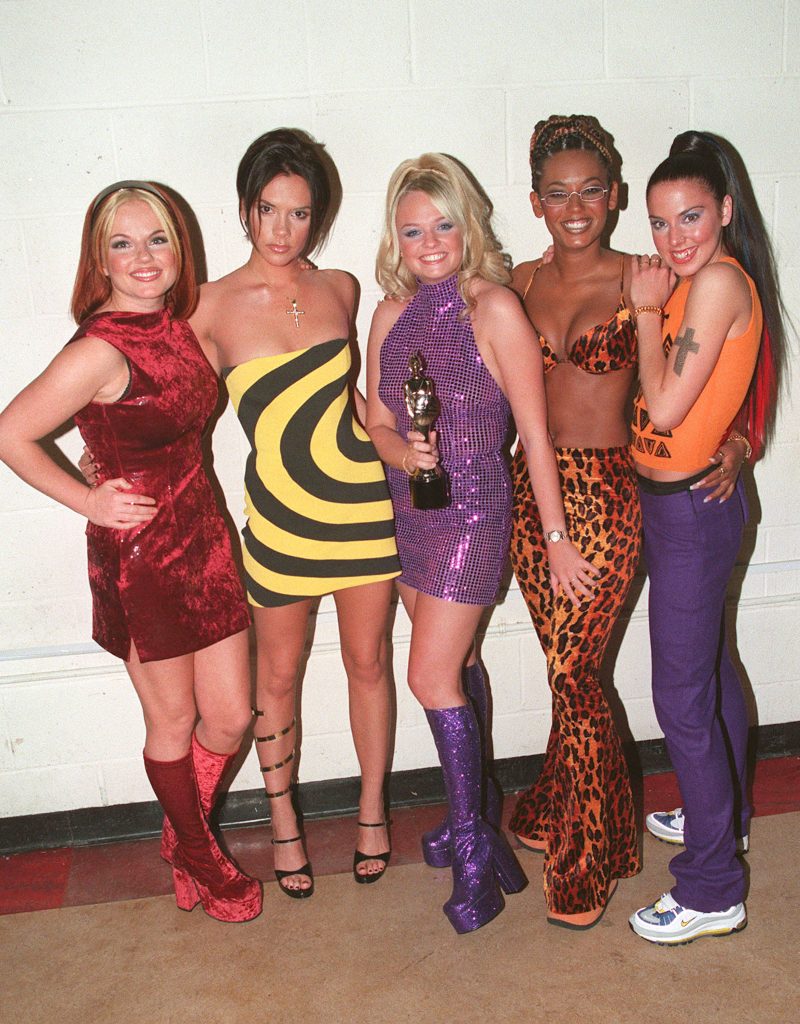
According to a Baltimore Sun article from 1995, people began to ditch all-black ensembles in favor of multicolored looks during the mid-'90s.
1996: Most people opted for casual styles.
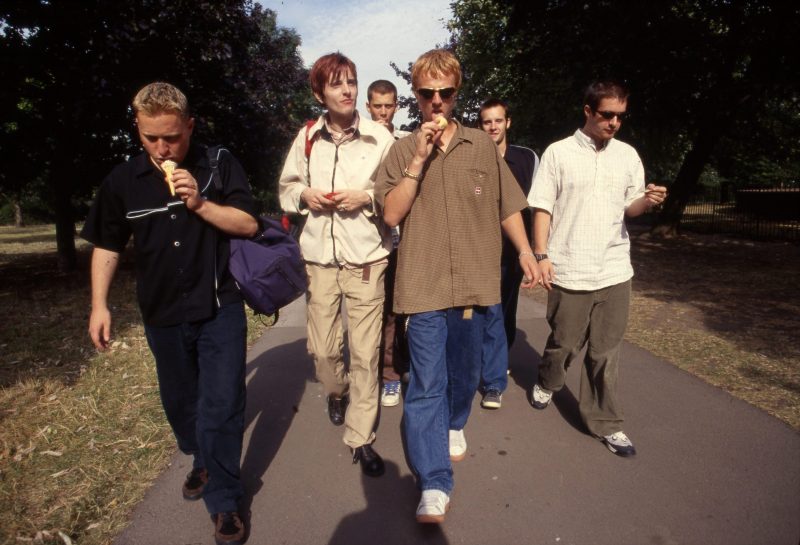
From T-shirts to loose-fitting jeans, people preferred comfort over high fashion in 1996.
1997: Everyone owned a pair of Dr. Martens.
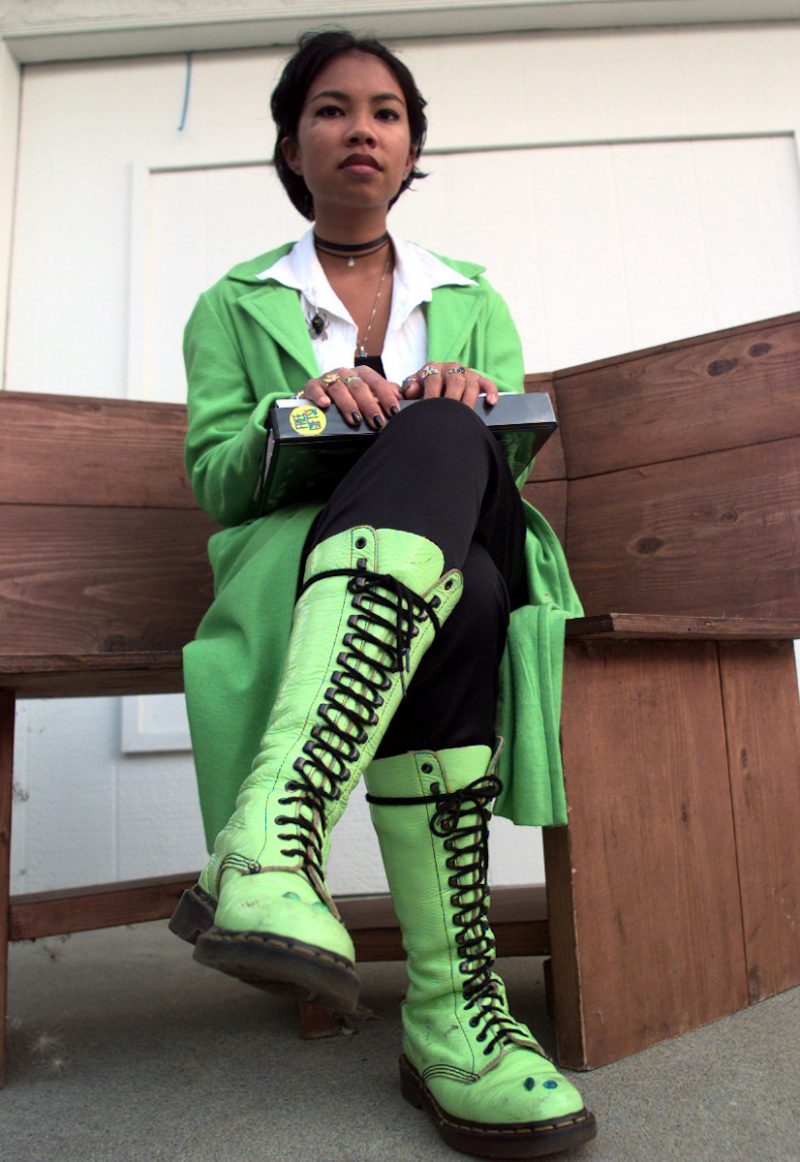
At the time, the brand's classic black boots were among the most popular shoes on the market.
That style of shoe is still trendy, but Dr. Martens now makes footwear in a wider variety of colors, styles, and leather options, including vegan leather.
1998: Logo-mania originated in the late '90s.
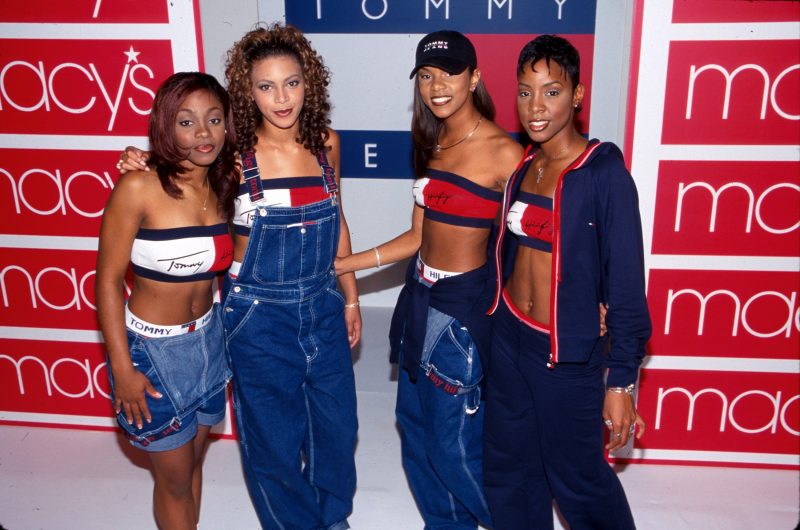
Clothes that were emblazoned with logos became all the rage in the late '90s.
This trend has recently come back into style, with celebrities now donning looks from brands like Fendi and Gucci.
1999: Men accessorized with bucket hats.

This trend has also become fashionable again in recent years. Celebrities like Rihanna frequently wear the retro look.
2000: Halter tops were incorporated into both casual and formal looks.
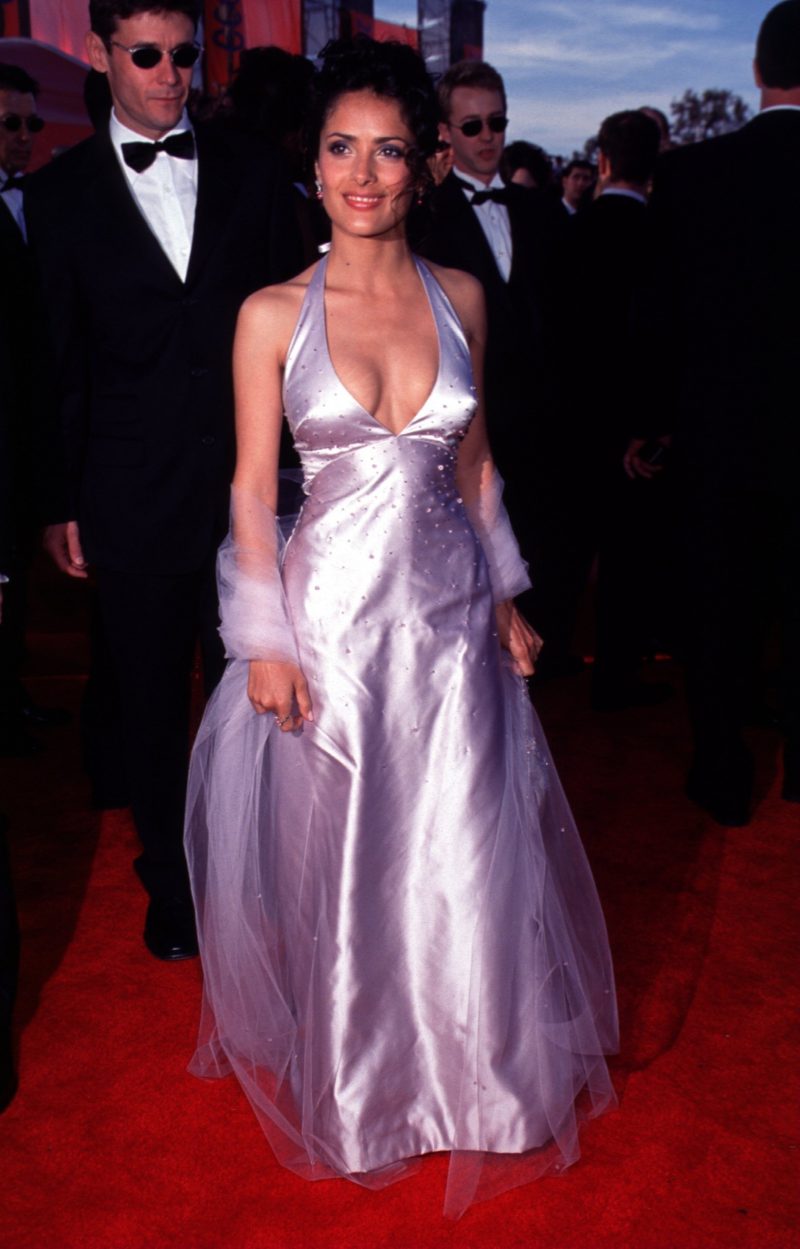
Satin halter tops were particularly popular, according to Bustle. Halter tops with thin, string-like straps were also common.
2001: Many people wore head-to-to denim.
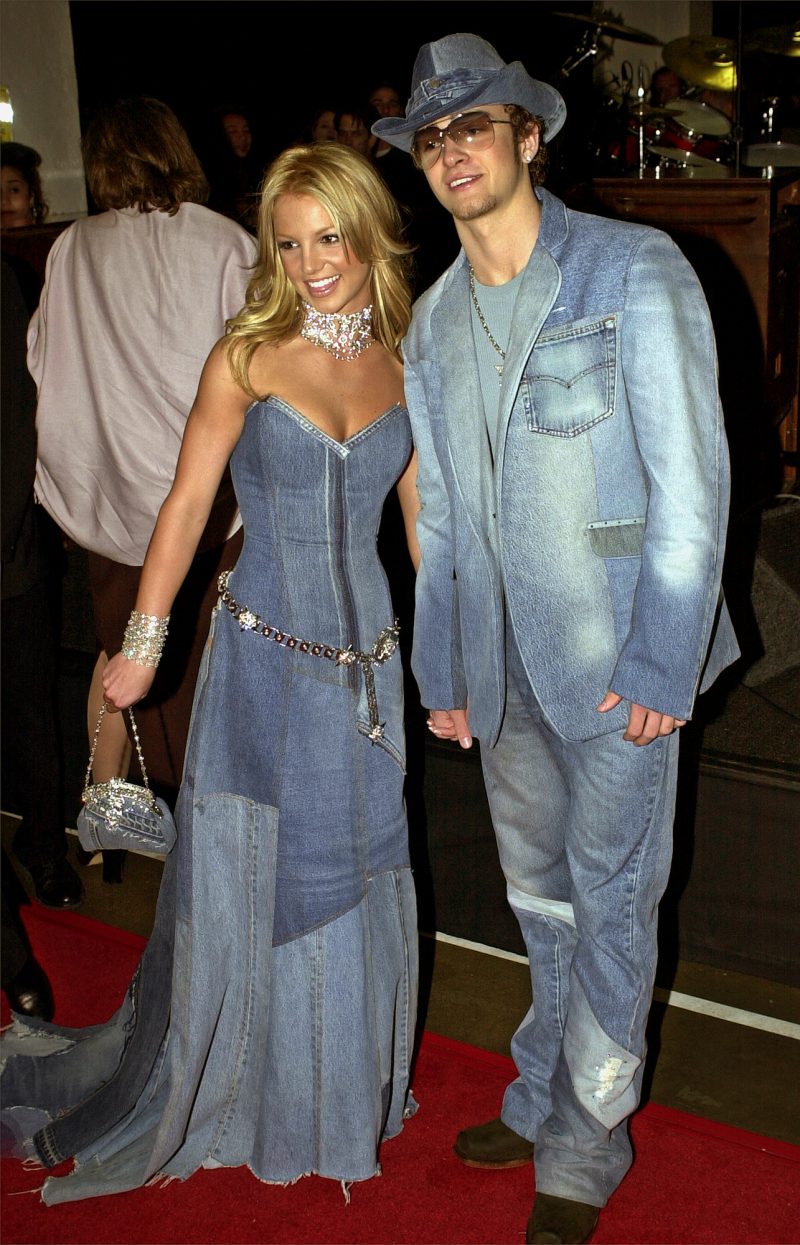
This trend was likely influenced by Britney Spears and Justin Timberlake's iconic matching all-denim looks at the 2001 American Music Awards.
2002: Low-rise jeans were all the rage.
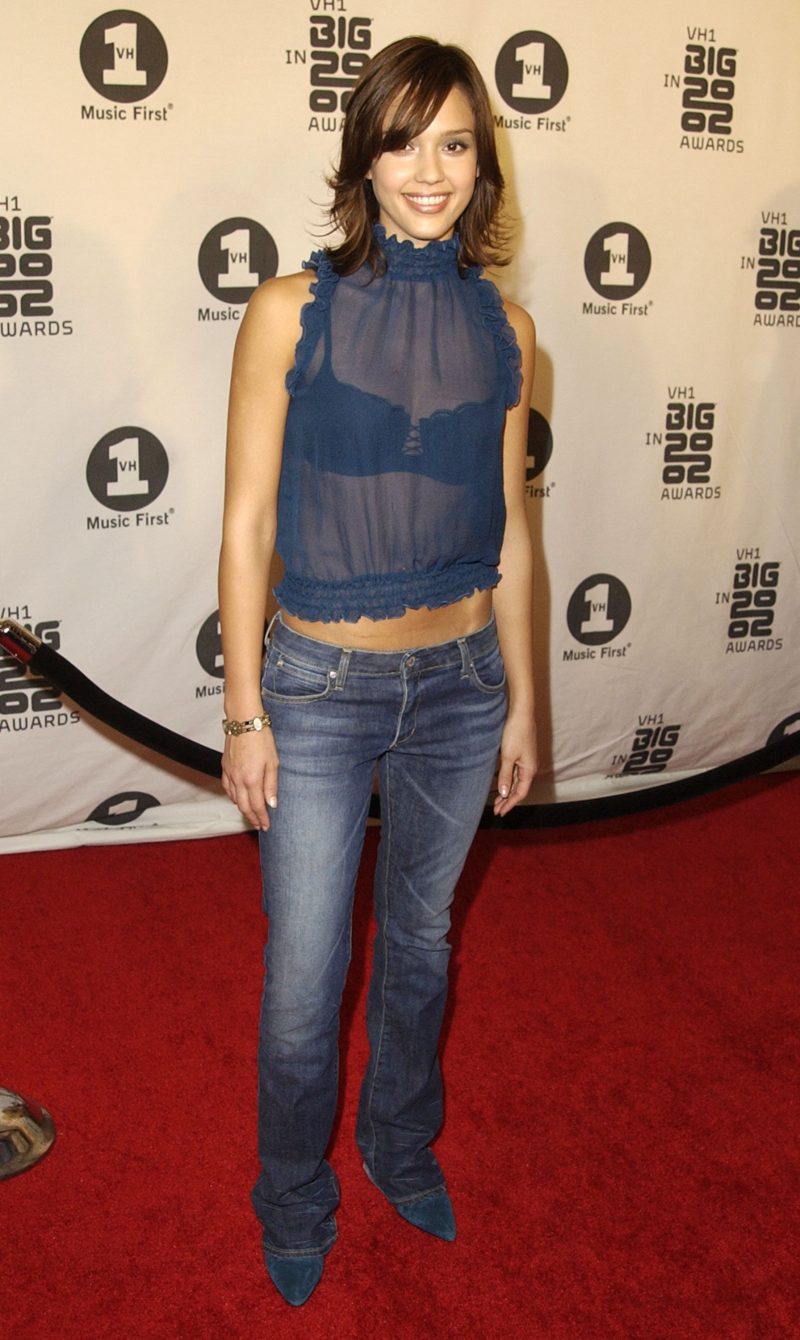
The Cut recently predicted that low-rise jeans will soon make a comeback in the fashion industry.
2003: People loved crop tops that looked like bras.
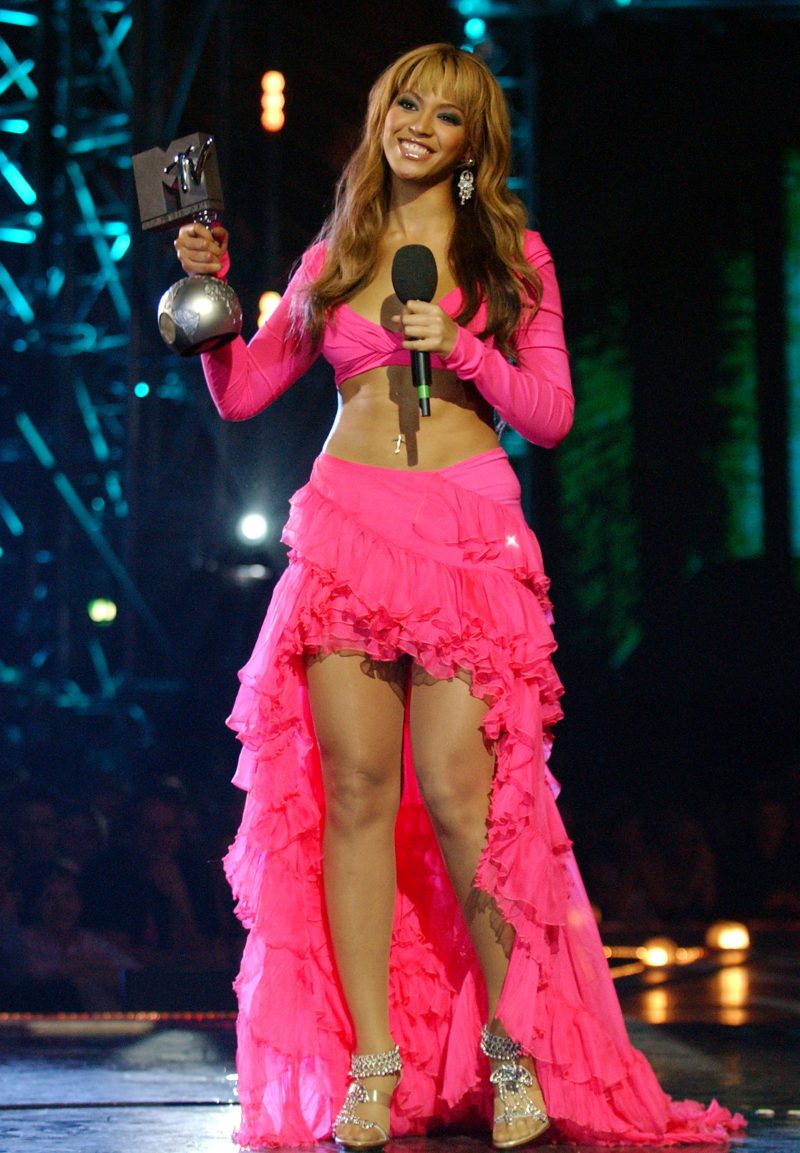
Lingerie-inspired fashion has become stylish again in recent years.
2004: Von Dutch was one of the hottest brands on the market.
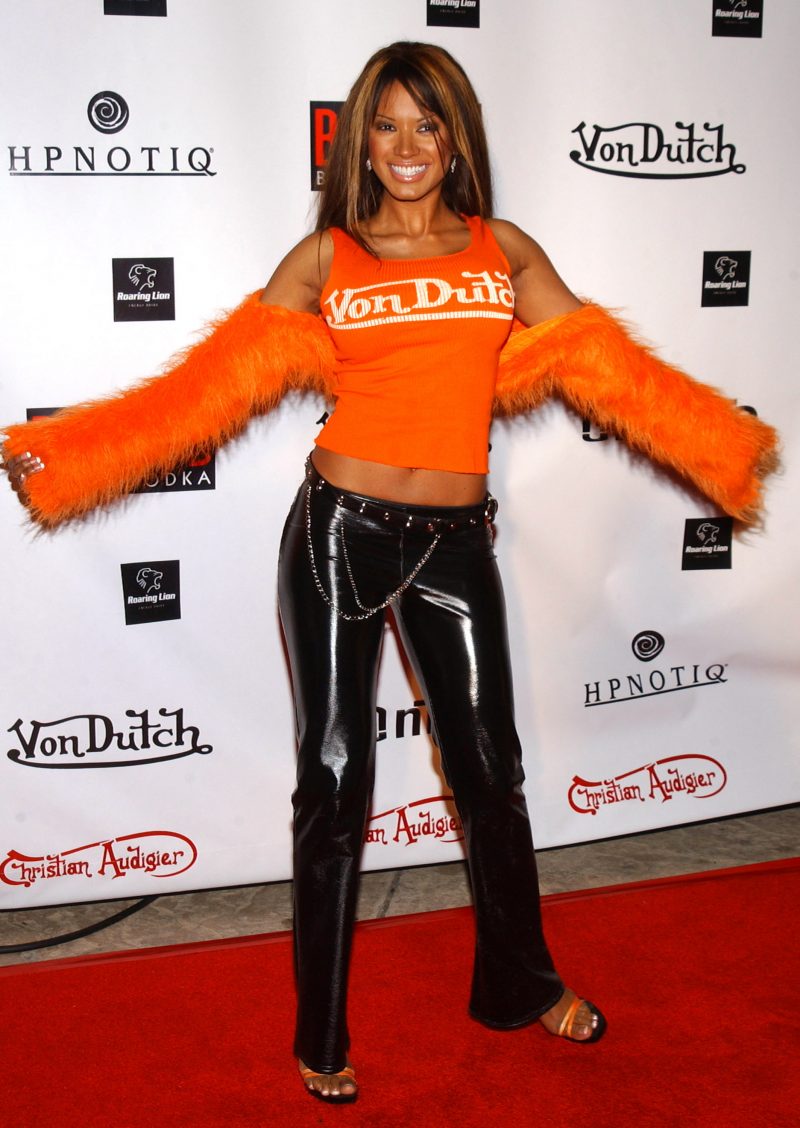
The brand's trucker hats were particularly popular - nearly every celebrity in Hollywood had one.
2005: Livestrong bracelets were a popular accessory.
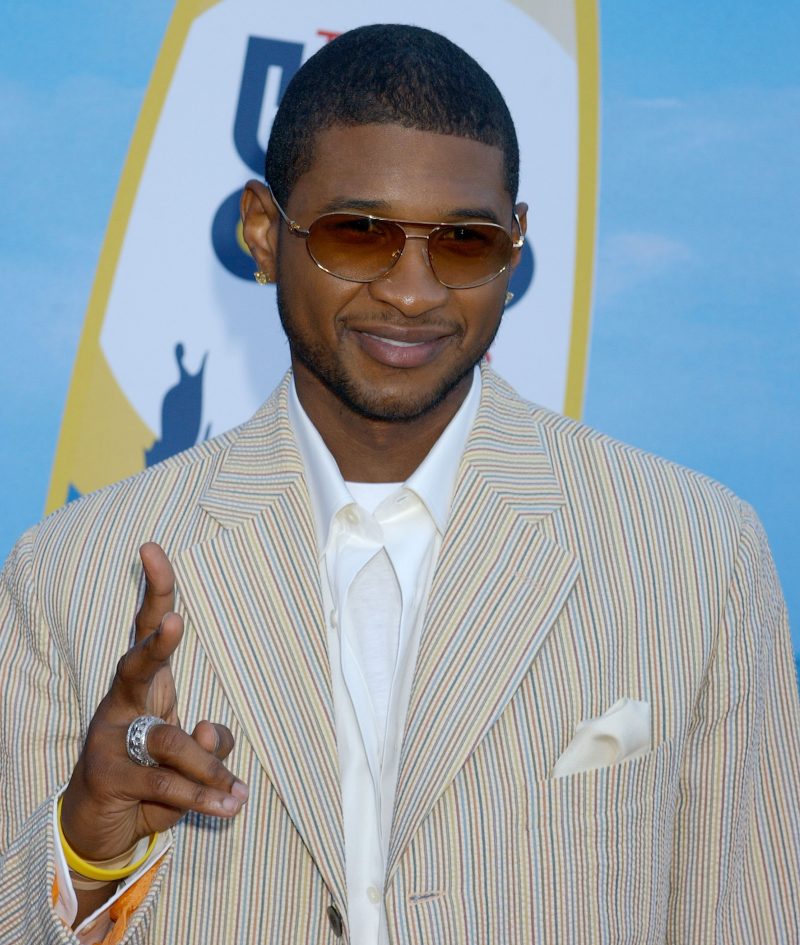
The bracelets were created to raise money for Lance Armstrong's cancer-fighting charity, the Livestrong Foundation.
2006: People layered polo shirts over other tops.
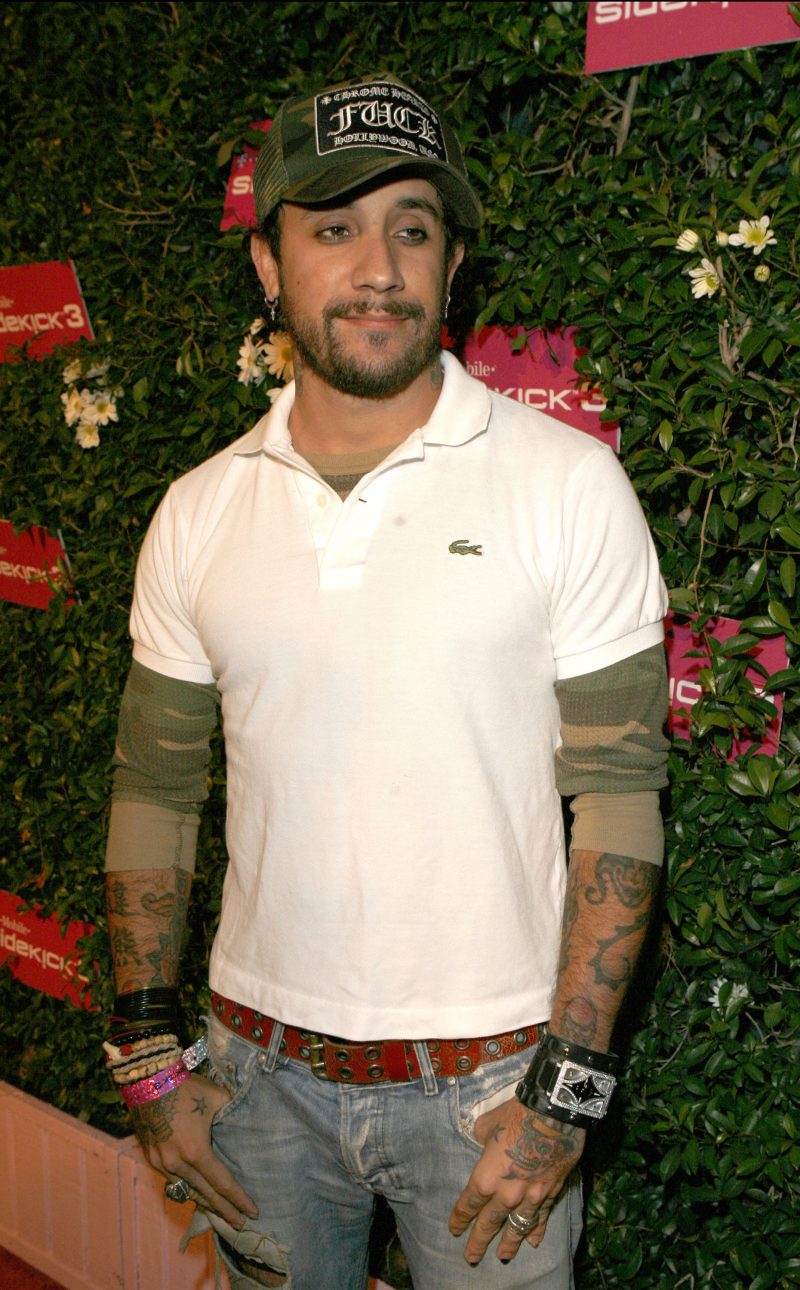
While some layered multiple polos on top of one another, others wore the collared shirt over long-sleeved tops.
2007: Vests were everywhere.
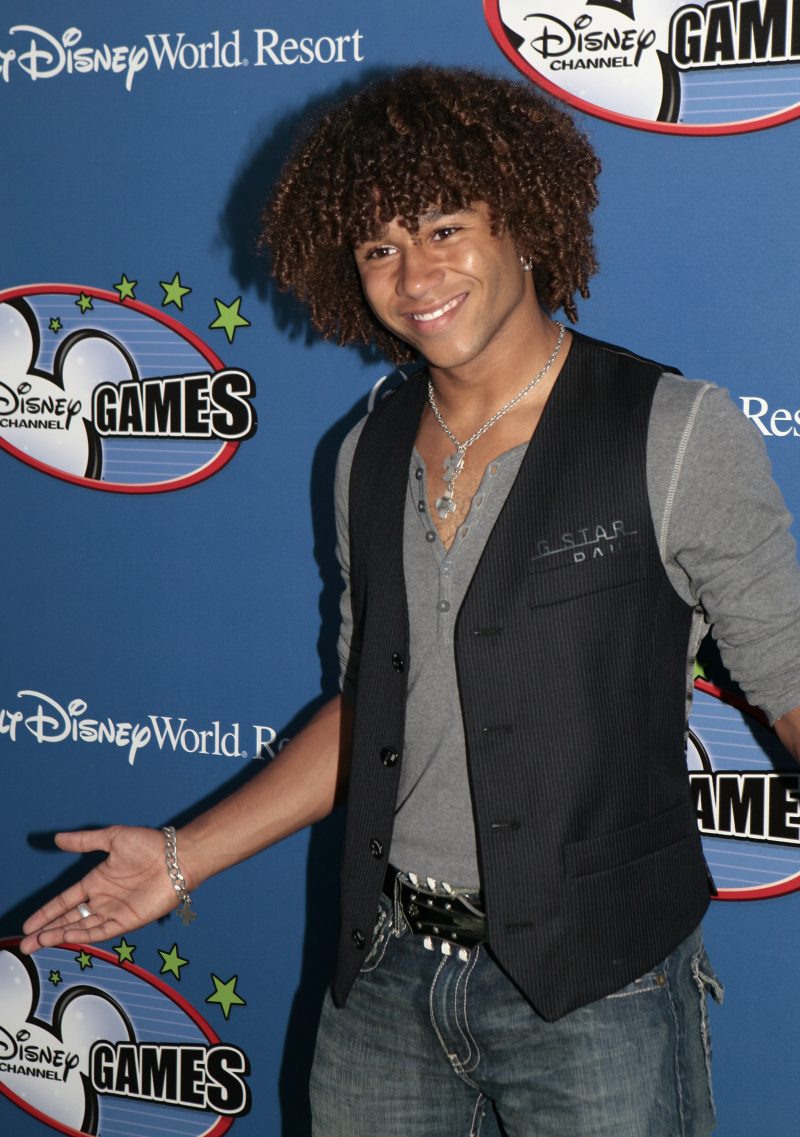
Some women put their own twist on the trend by wearing vests as shirts, according to Cosmopolitan.
2008: Women wore leggings as pants.
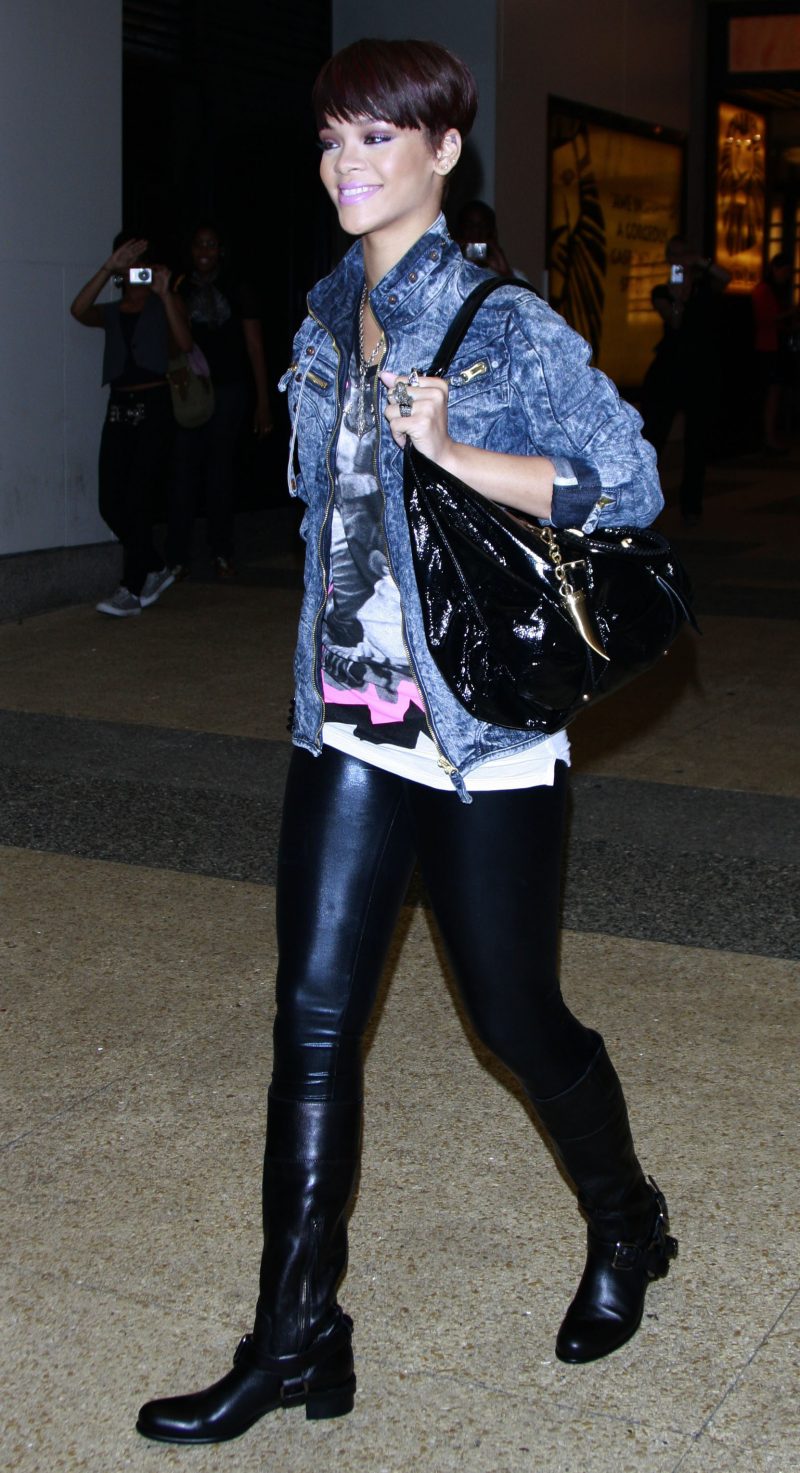
At the time, leather and latex leggings were particularly popular.
2009: People couldn't get enough of Ed Hardy designs.
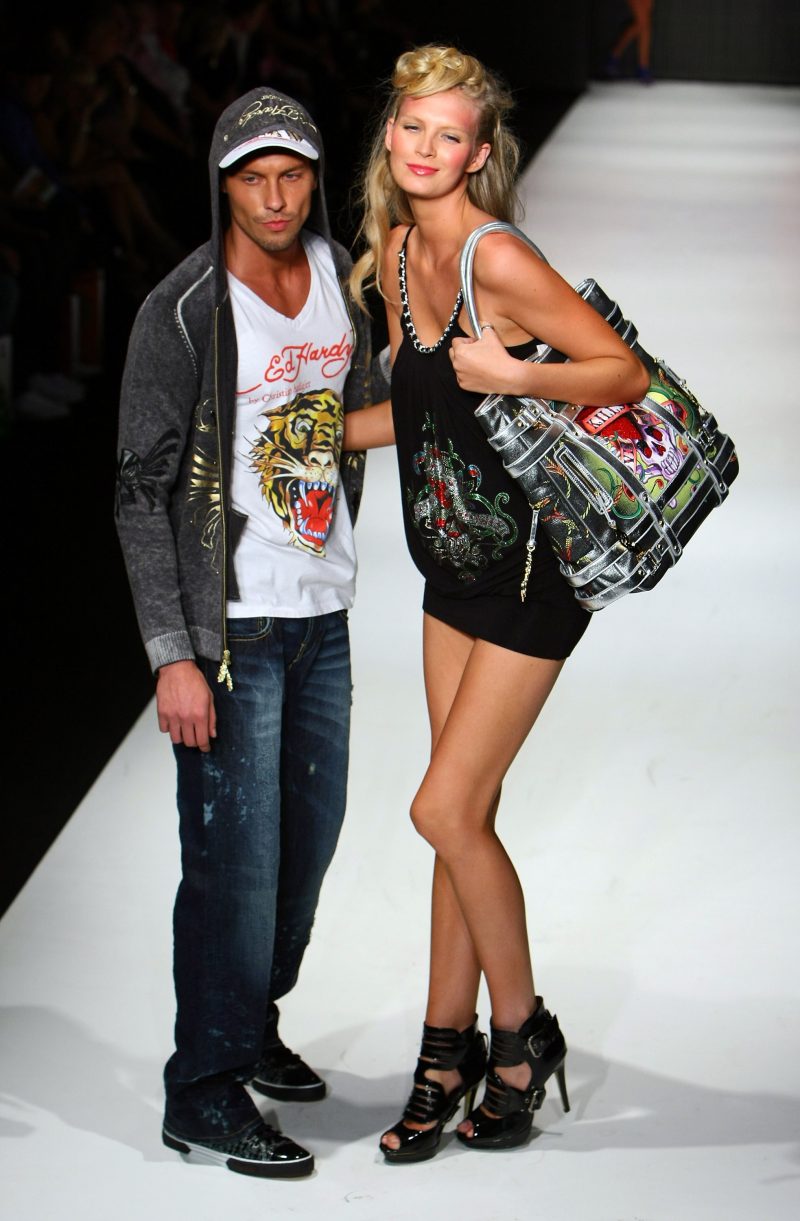
The brand was known for its tattoo-style graphic T-shirts and acid-washed jeans.
2010: Peplum tops became fashionable.
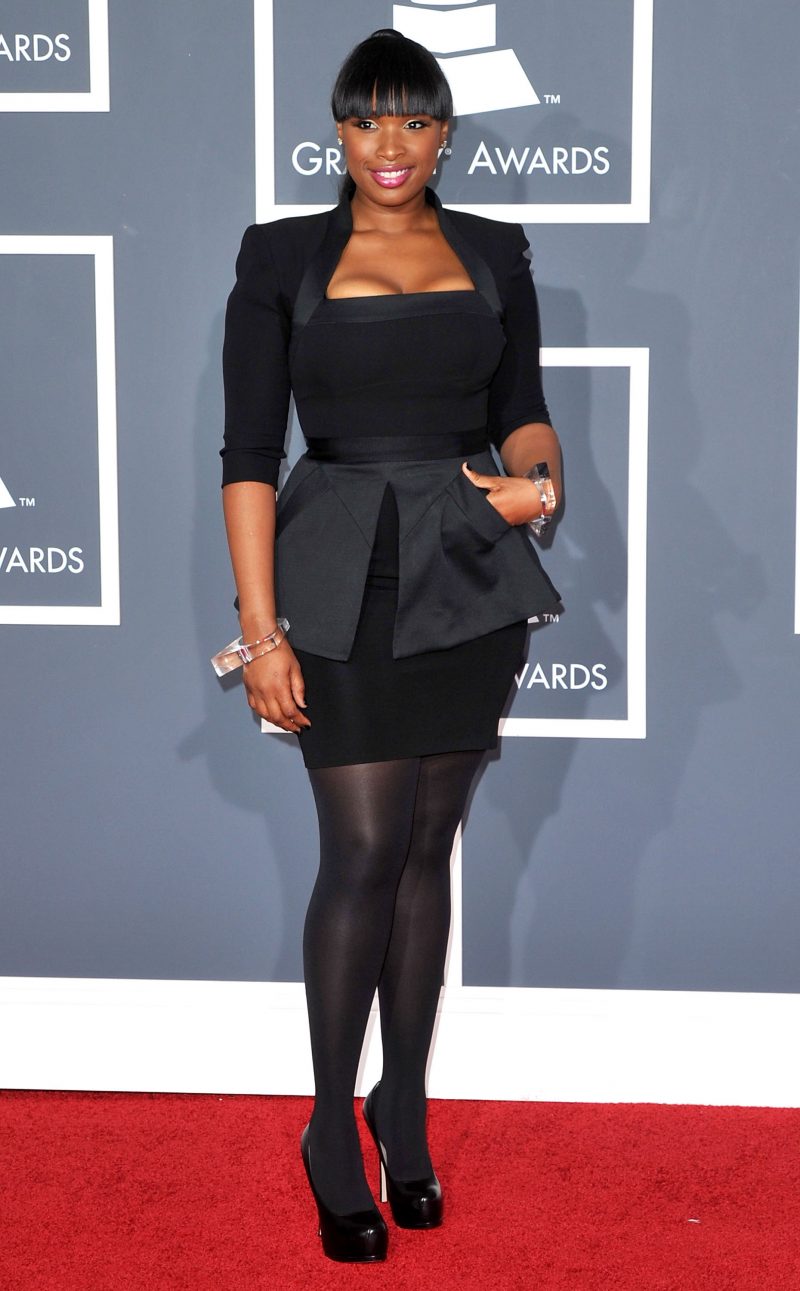
The trend swept red-carpet events, business-casual fashion, runways, and more.
2011: Many people loved skull-print scarves.
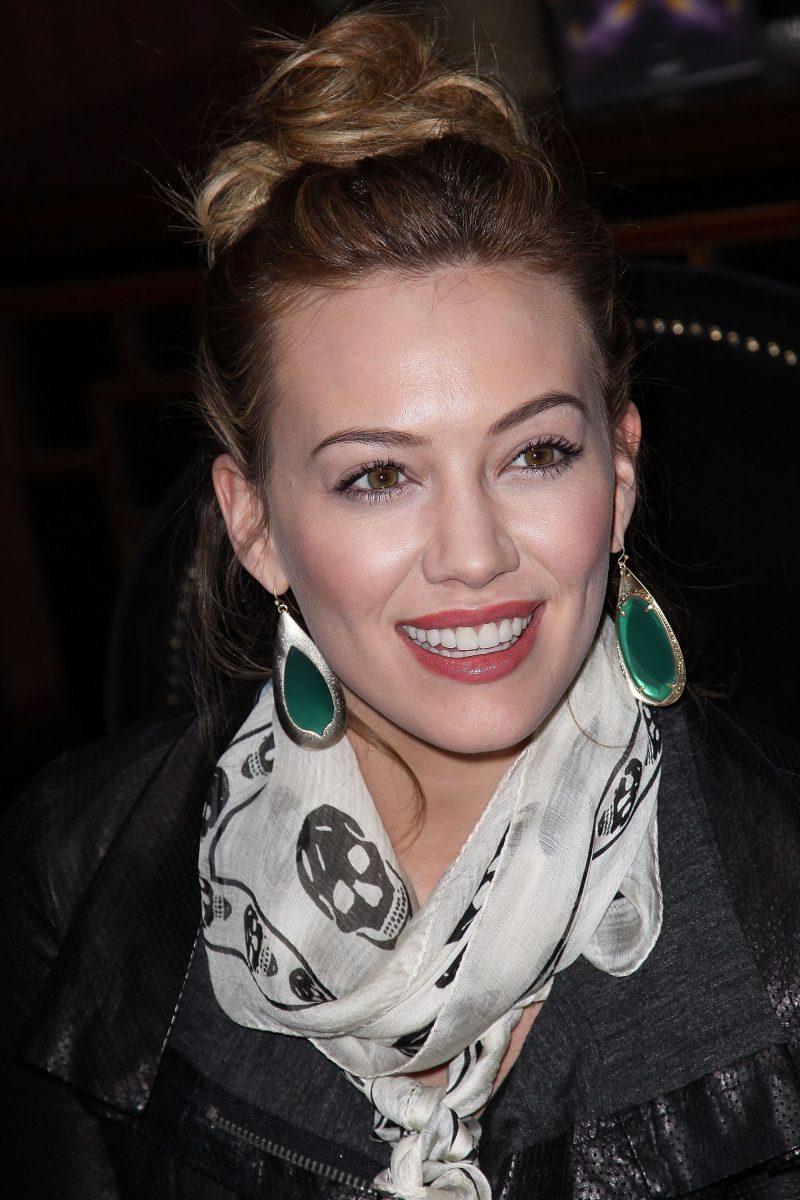
The unique accessory added an edgy touch to any outfit.
2012: Wedge sneakers became trendy.
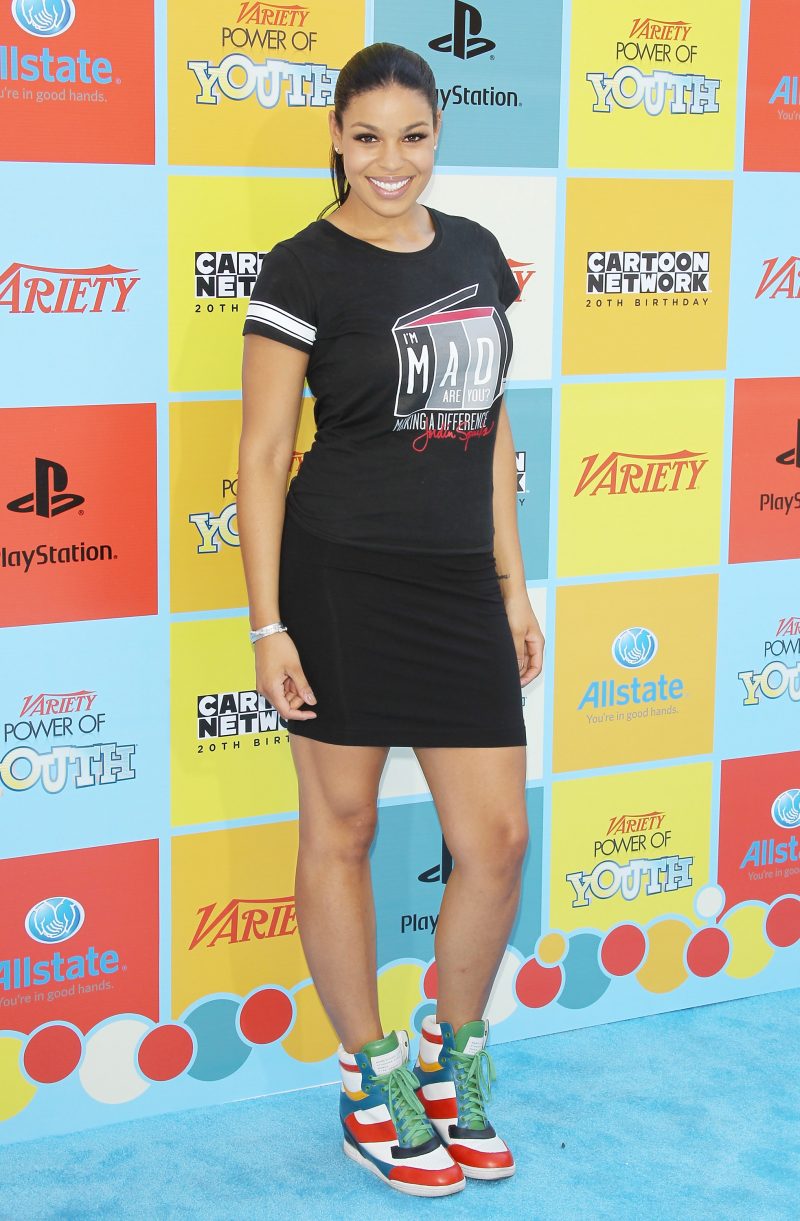
Marc Jacobs helped popularize the shoe in 2012, according to Elle, and the look quickly caught on with celebrities.
2013: Stars favored dresses with bold cutouts.
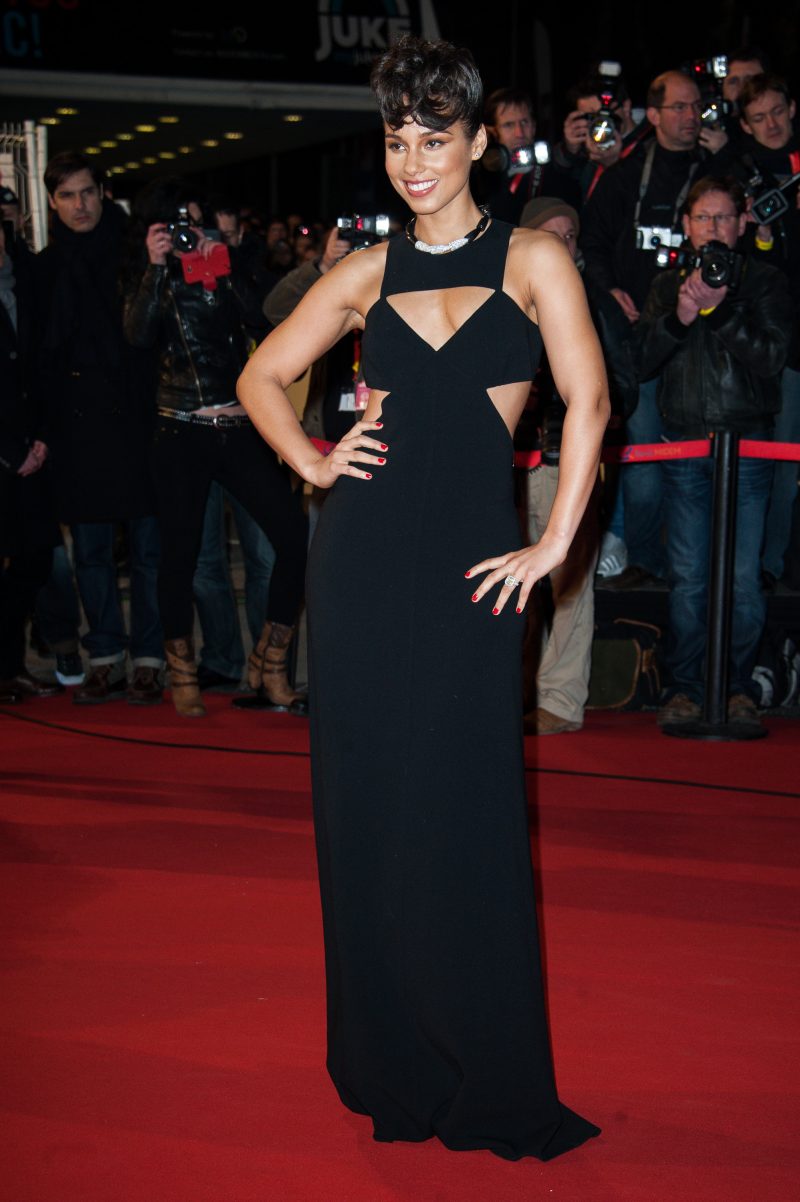
Glamour described the trend as "the little sister to the sheer panel," another daring look that was popular at the time.
2014: Crop tops dominated women's fashion.
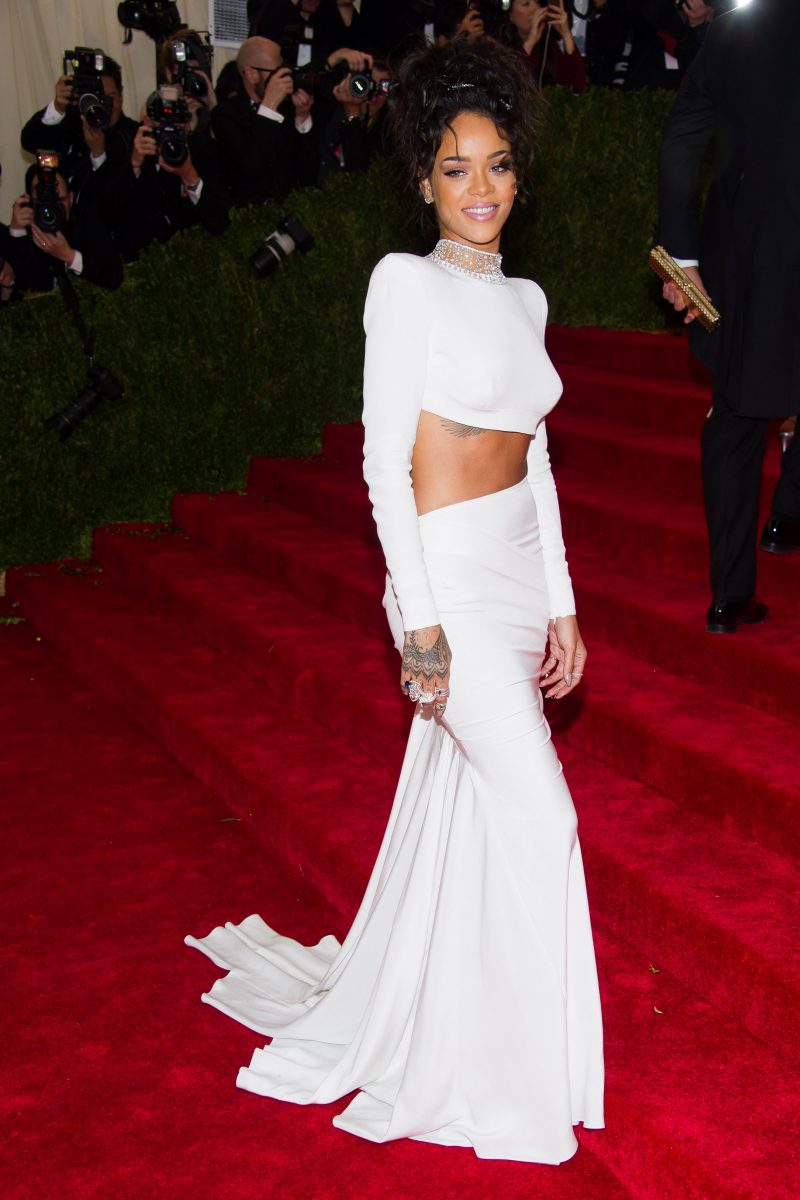
Rihanna was one of at least five stars who wore a crop top to the 2014 Met Gala, proving that the trendy style worked in both casual and formal settings.
2015: Neutral-colored clothing emerged as a trend.
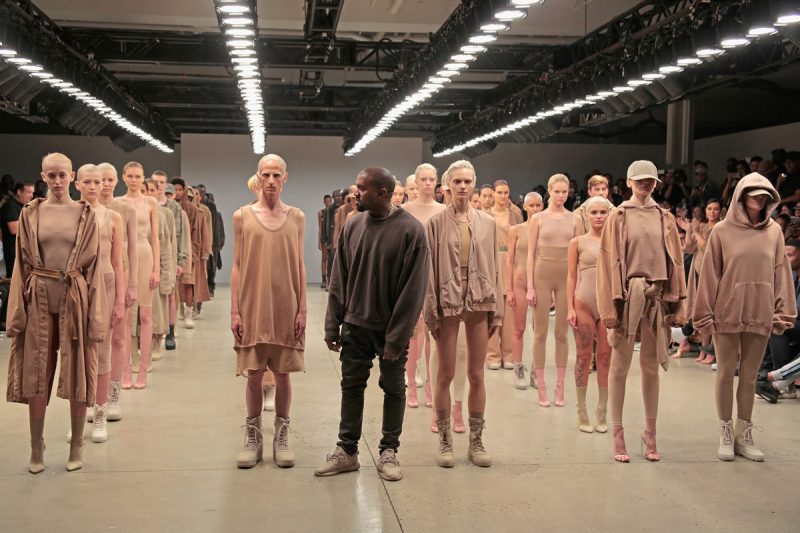
Kanye West's first-ever Yeezy apparel launch in February 2015 was a great example of this trend.
The line's debut collection was full of distressed clothing in a variety of neutral shades, starting a fashion movement that is still popular today.
2016: Designers embrace off-the-shoulder silhouettes.
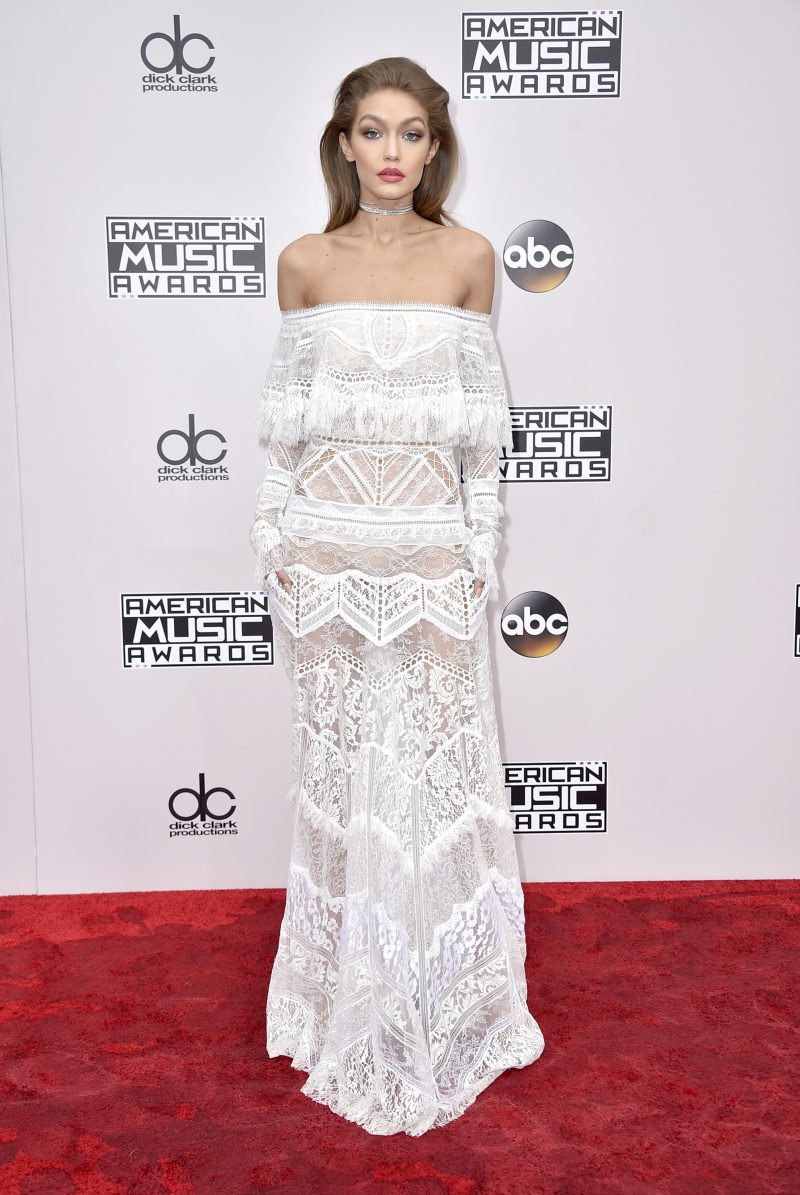
According to Seventeen magazine, searches for the style increased by 238% in 2016.
2017: Men started wearing patterned suits.

Today, colorful, printed suits are often worn on the red carpet by both men and women.
2018: People couldn't get enough of monochromatic outfits.
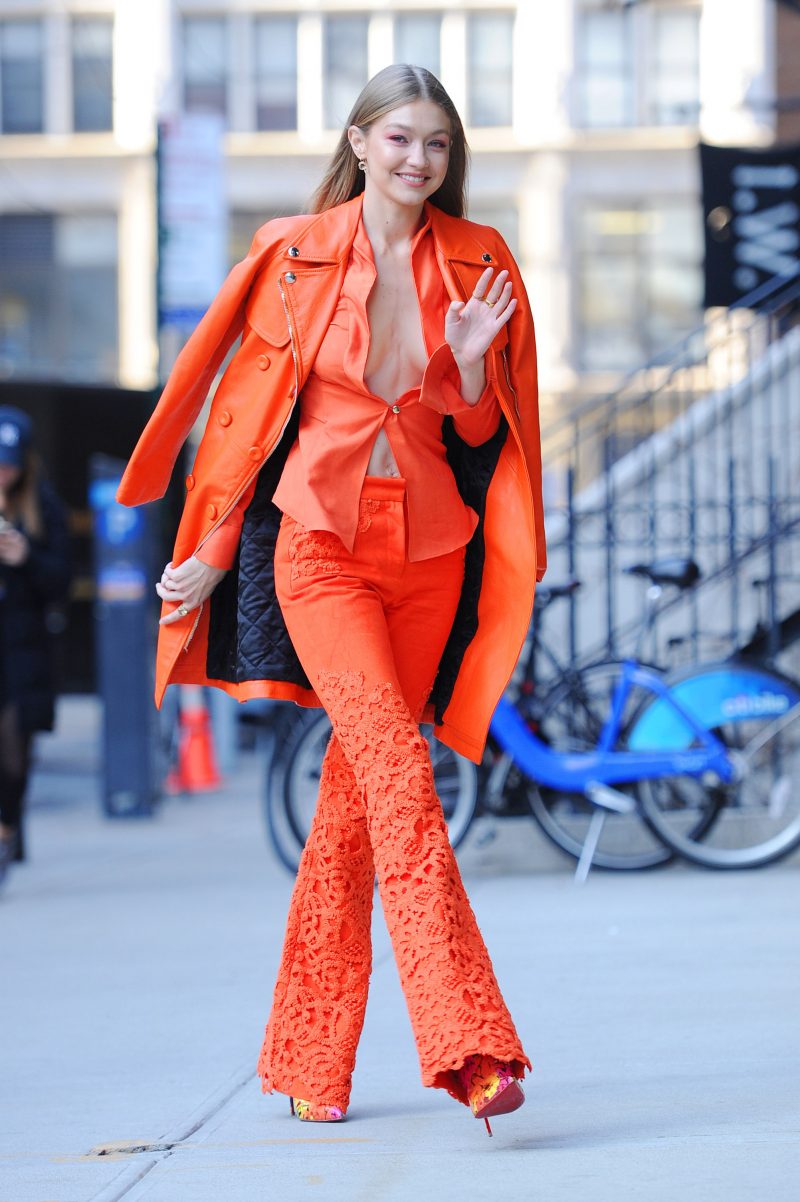
Models like Bella and Gigi Hadid were some of the biggest fans of monochromatic looks, a style that's comprised of wearing apparel in a single color, or different shades of the same hue.
2019: The "no pants" trend is still going strong.
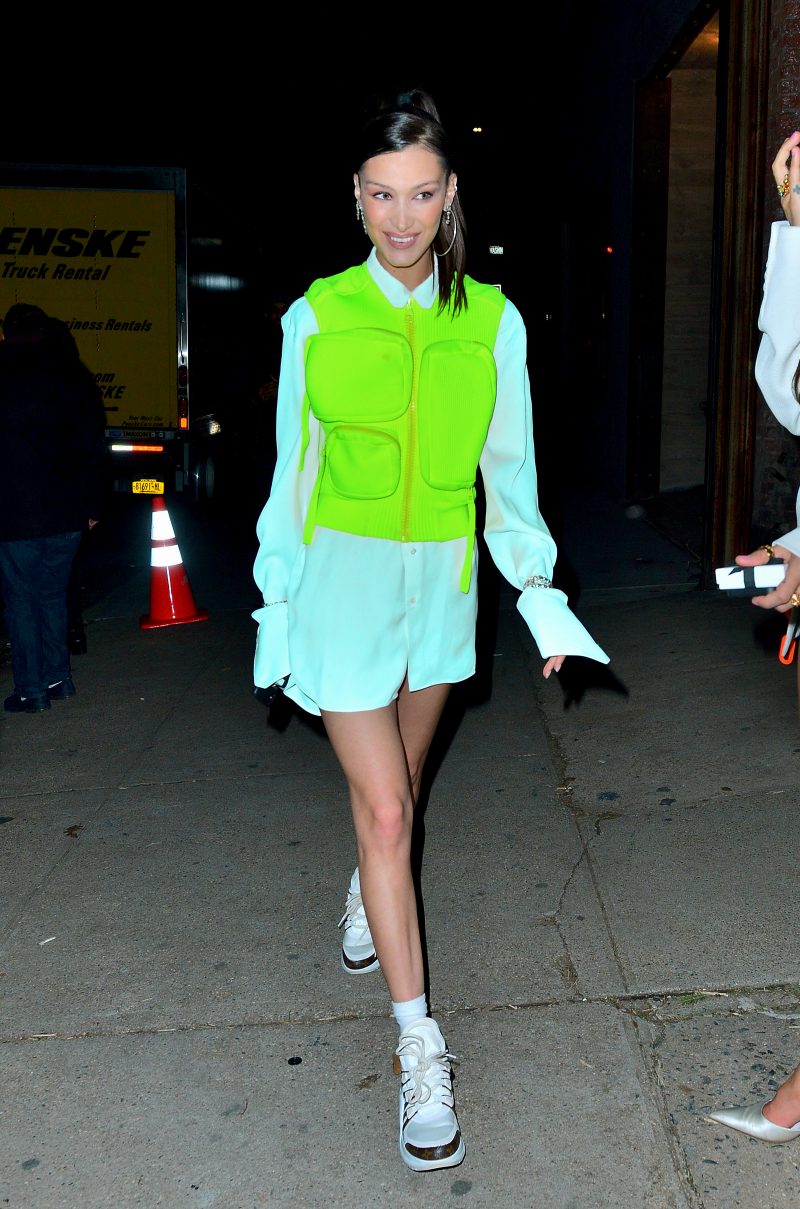
Fans of the daring look include Bella Hadid, Rihanna, Hailey Baldwin, and more.
- Read more:
- The 60 most daring dresses celebrities have ever worn
- Bella Hadid and Kaia Gerber walked the runway wearing voluminous wigs and '70s-style outfits
- Kim Kardashian is suing fast-fashion brand Missguided for $10 million, accusing the company of profiting from copying her outfits and image
- This $10 dry-cleaning kit has saved me tons of money and trips to the dry cleaner

